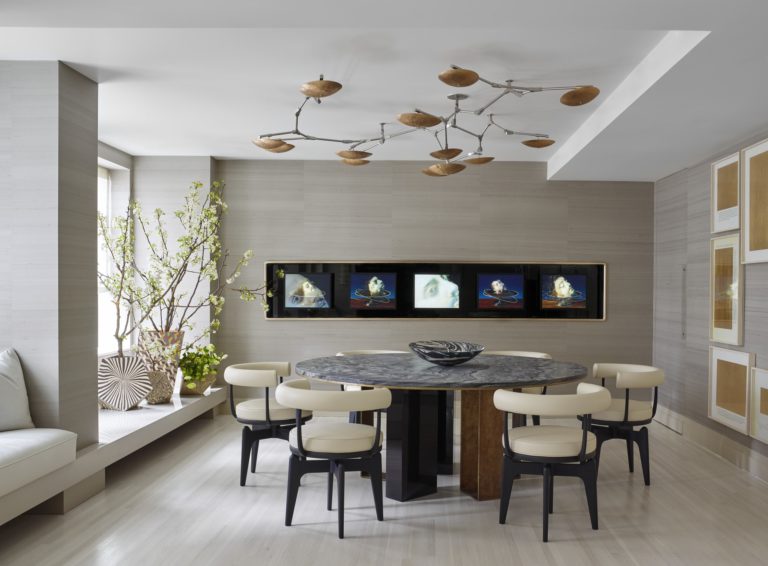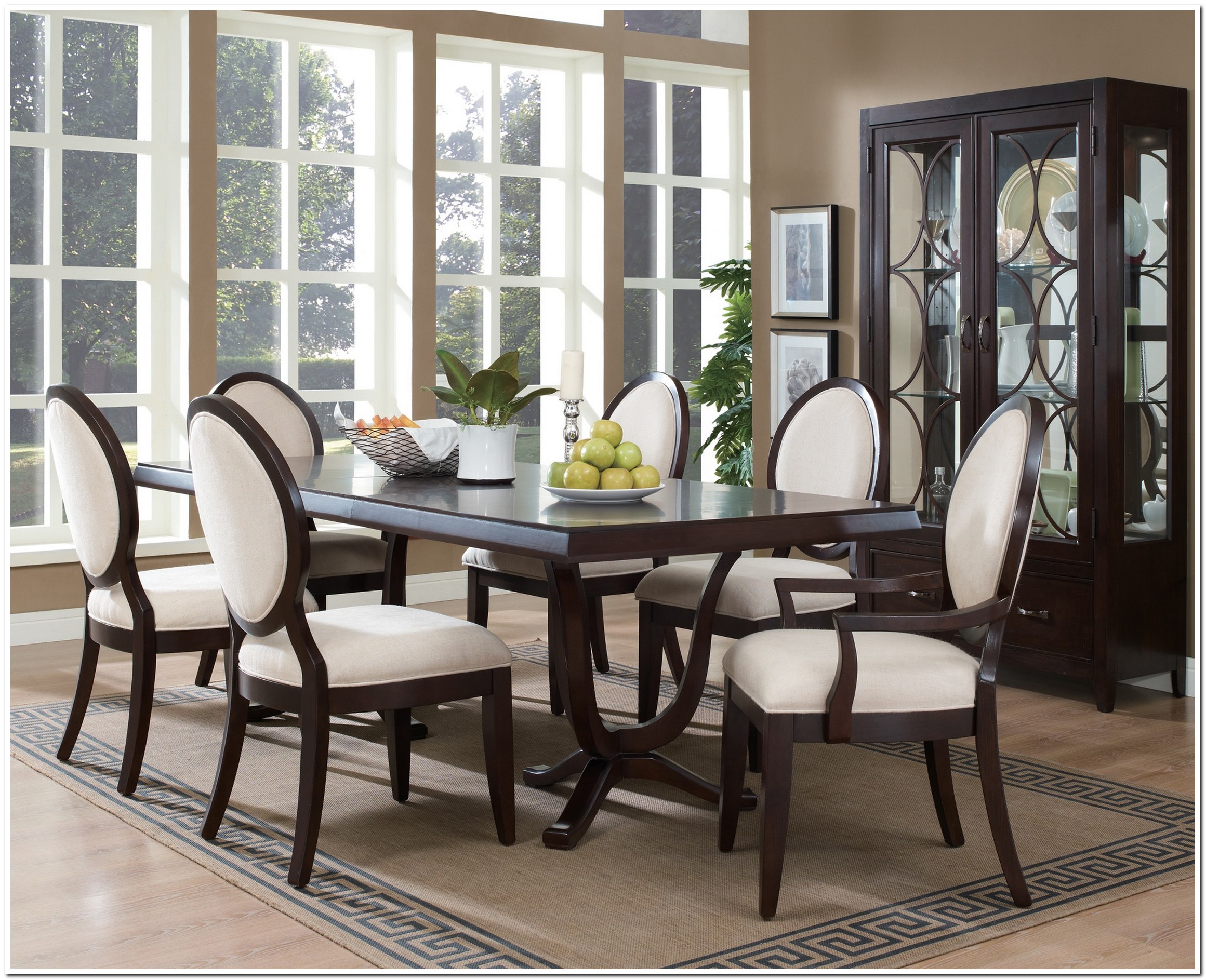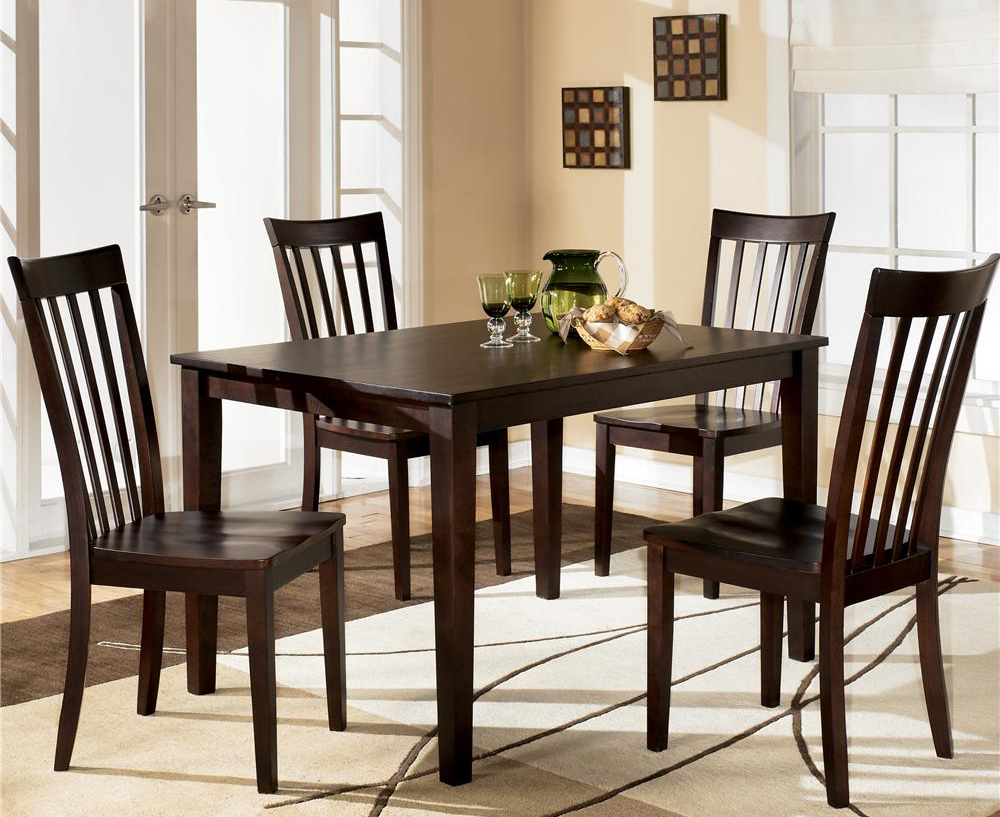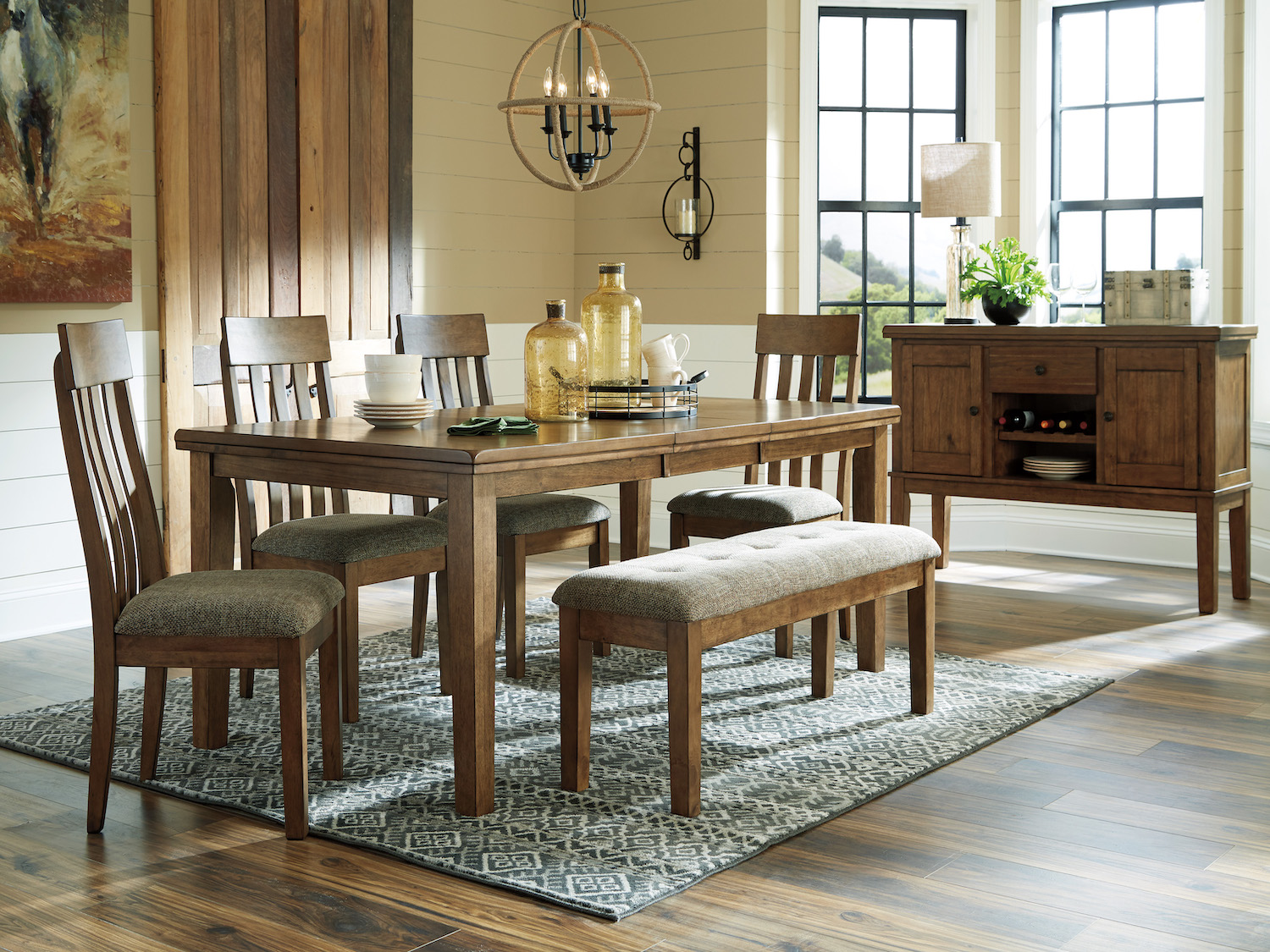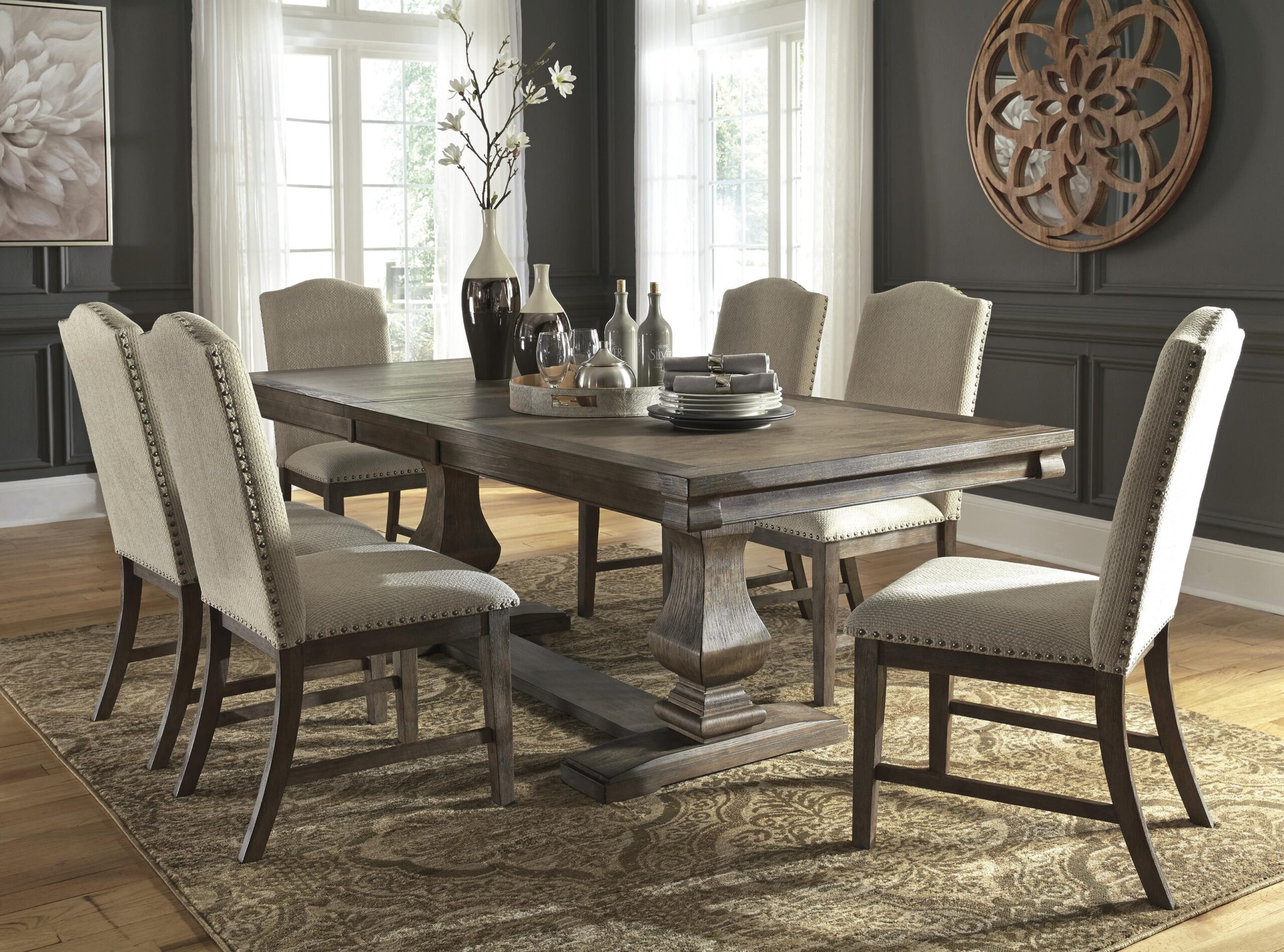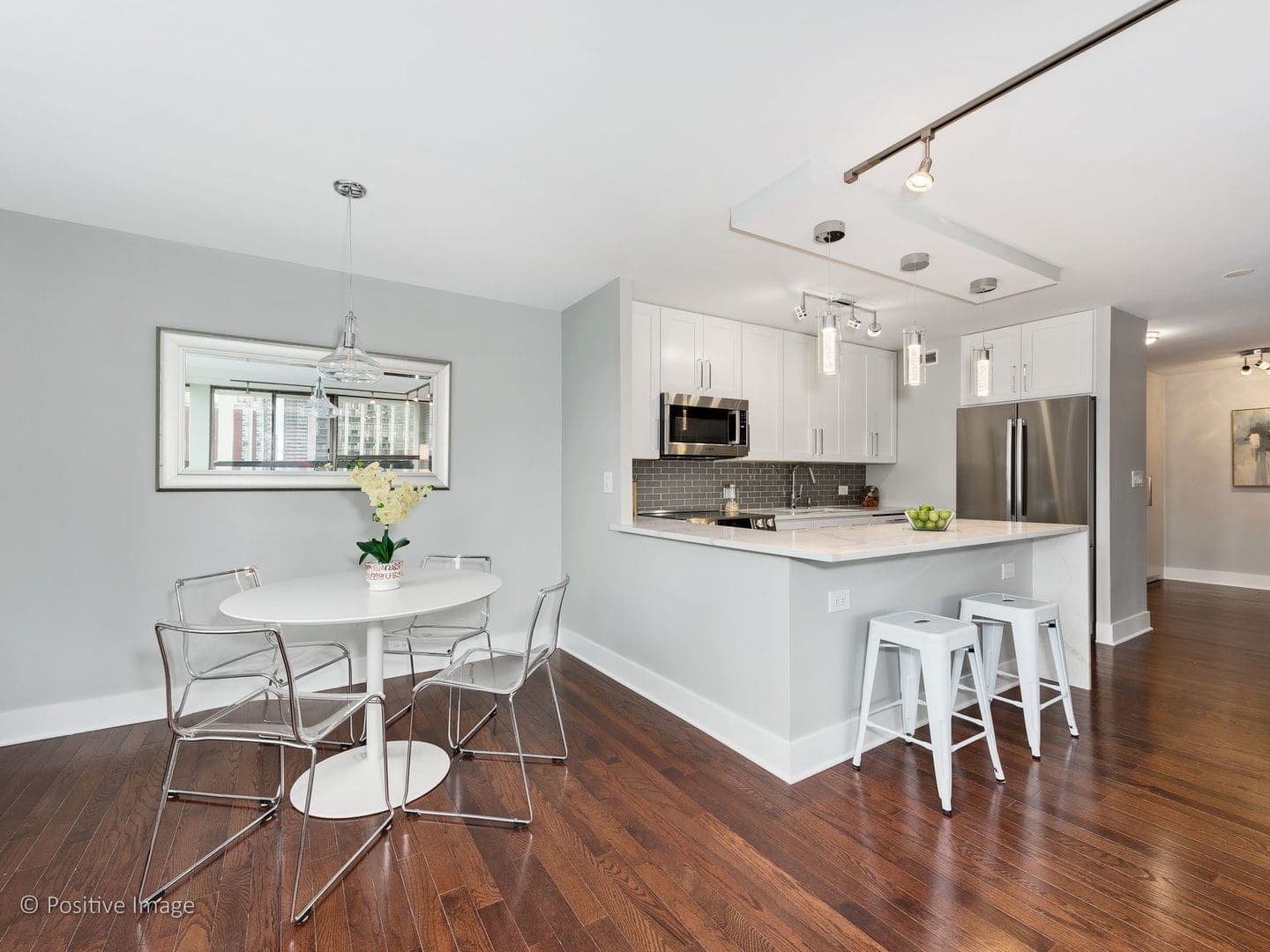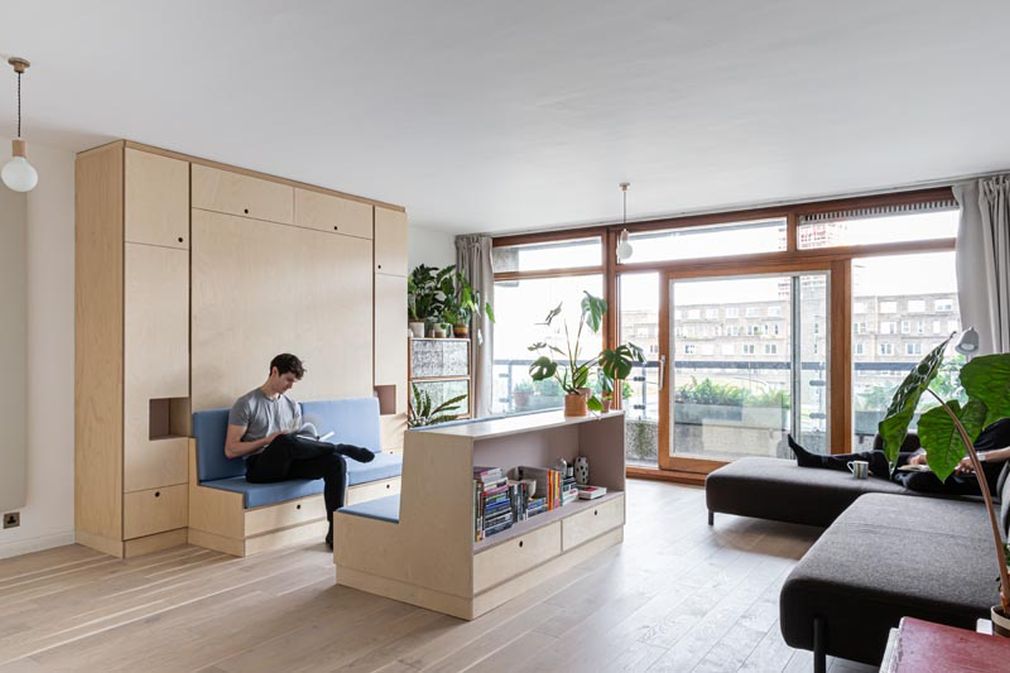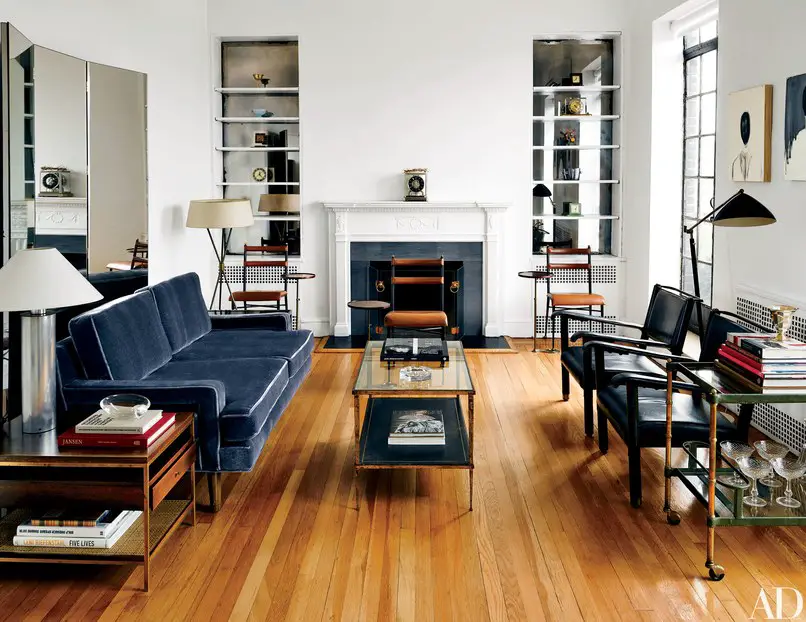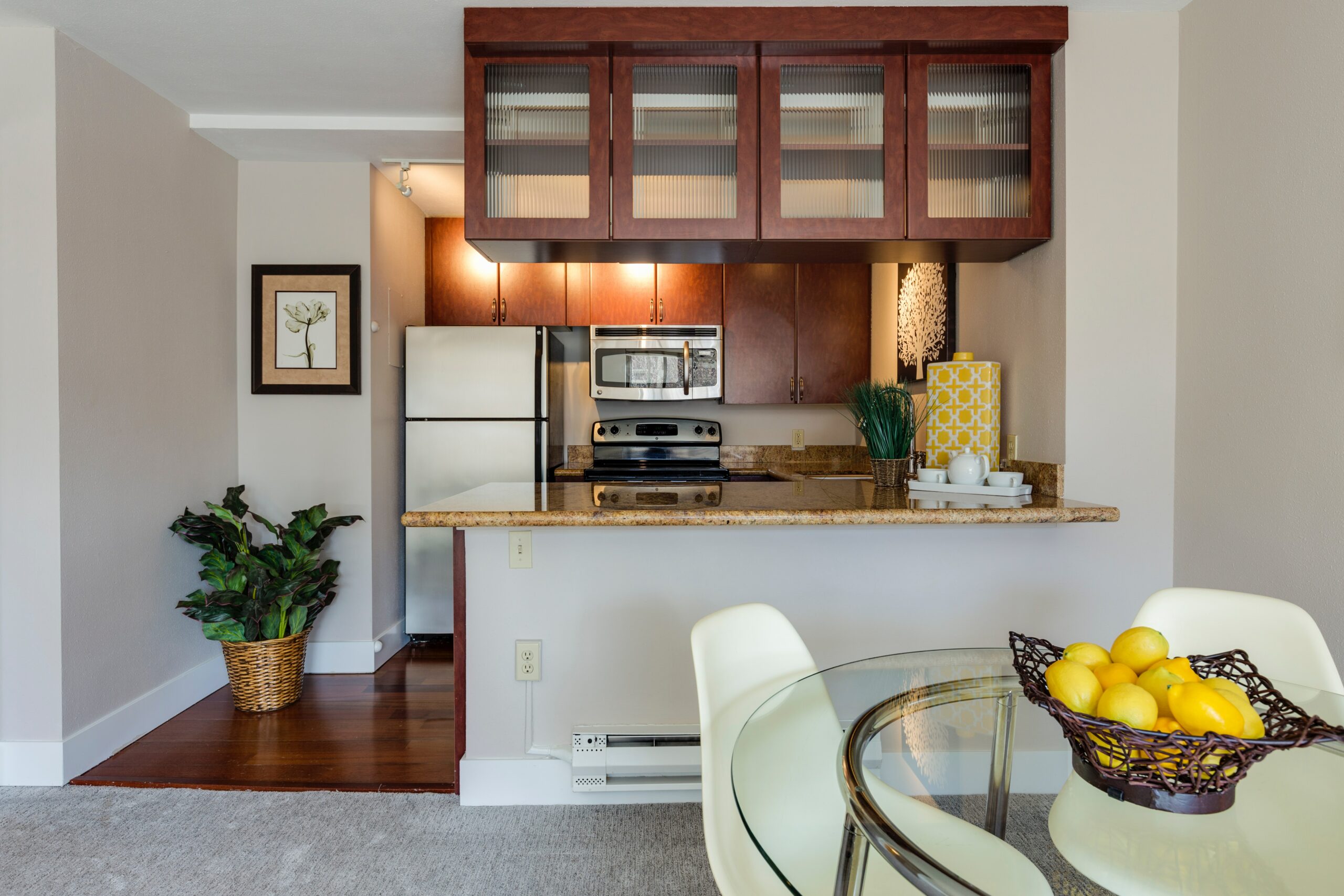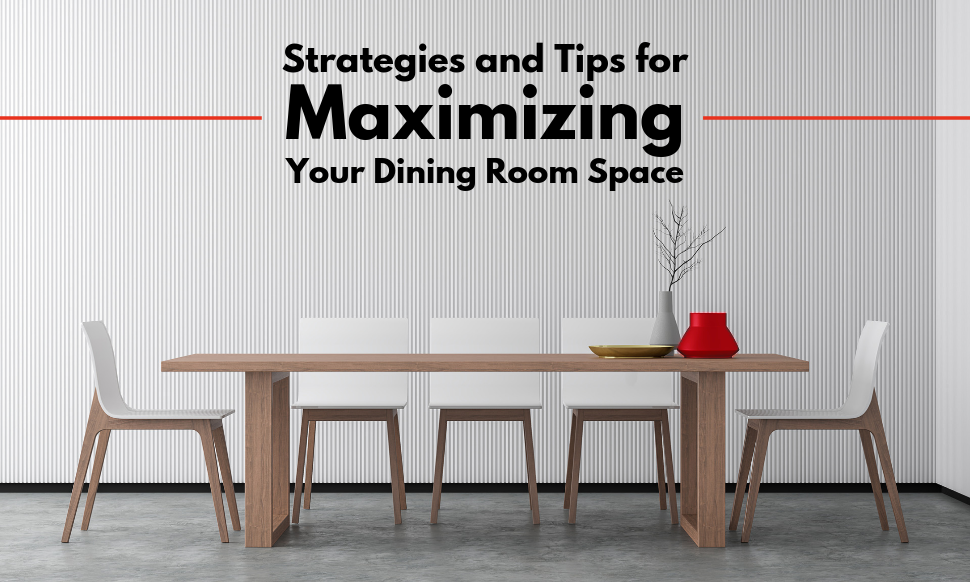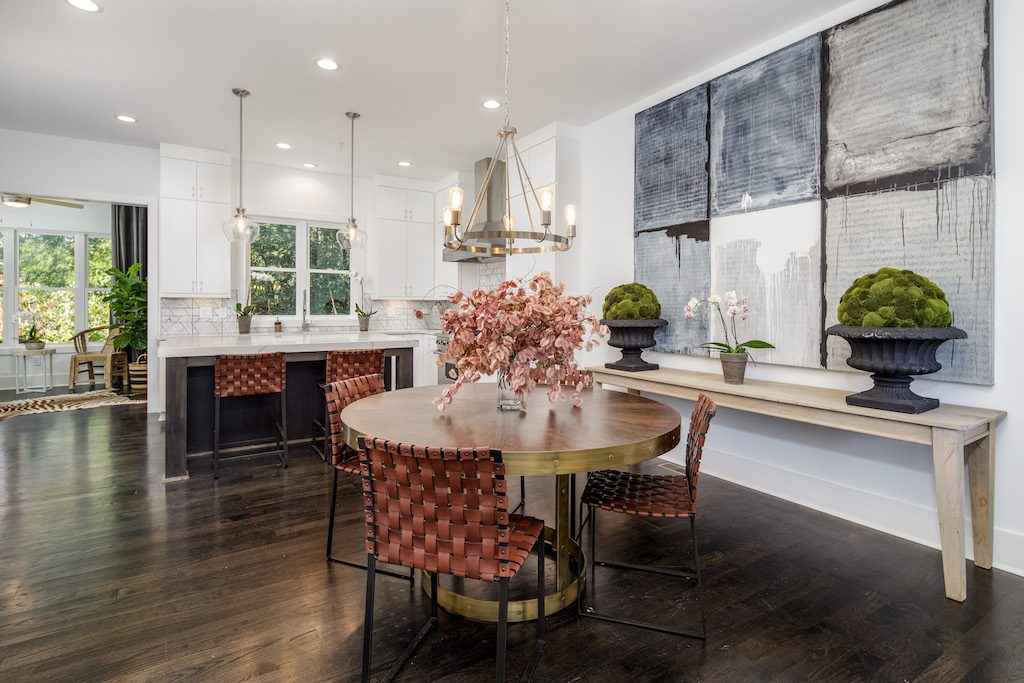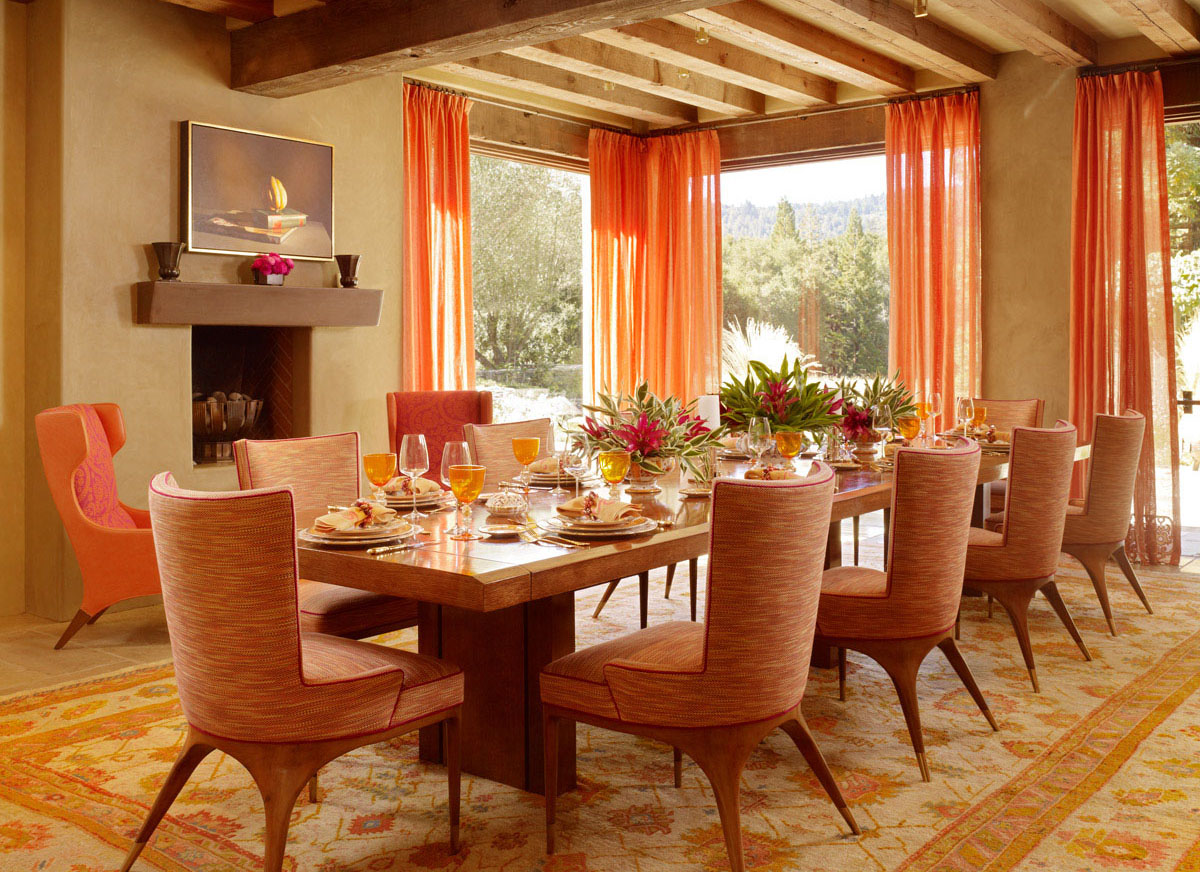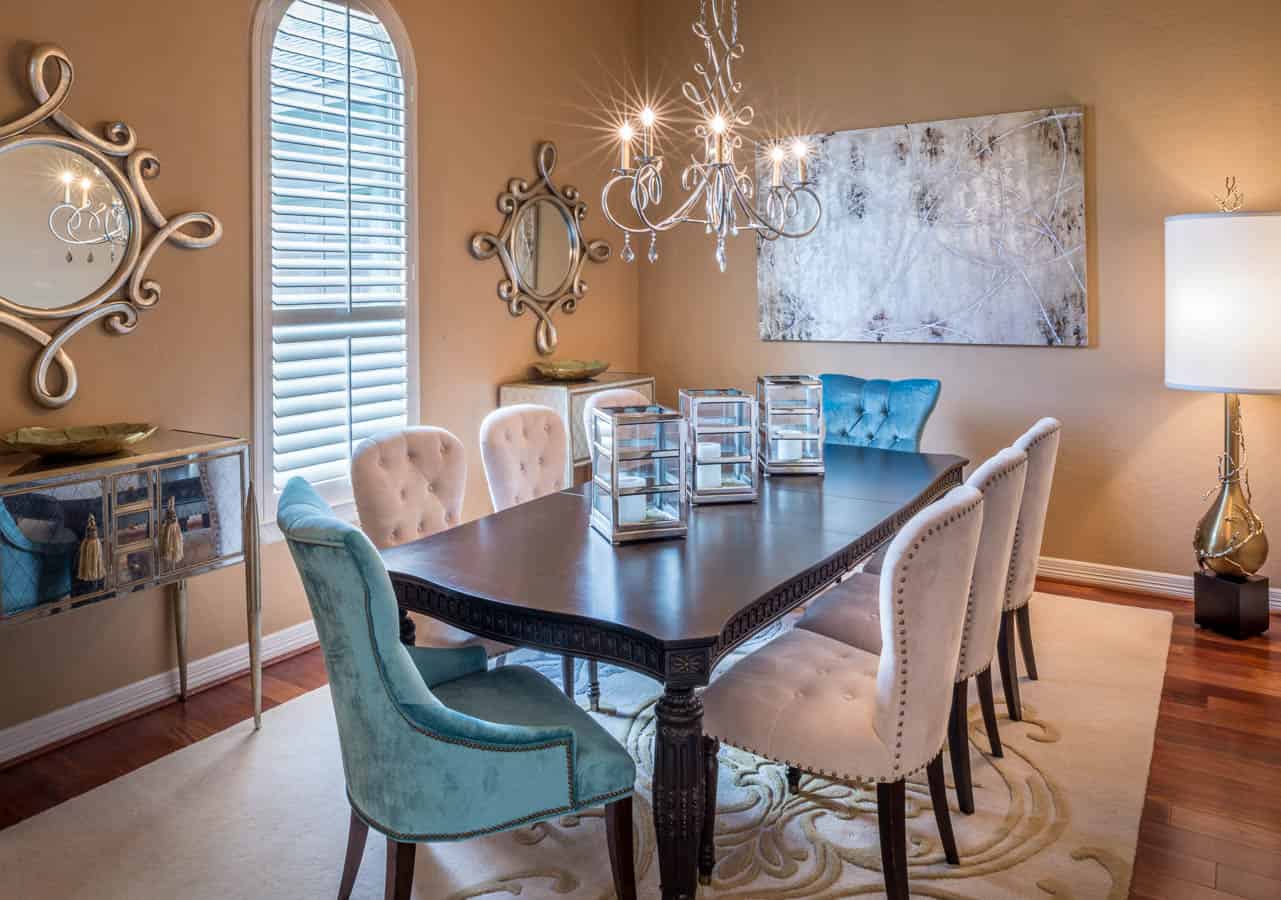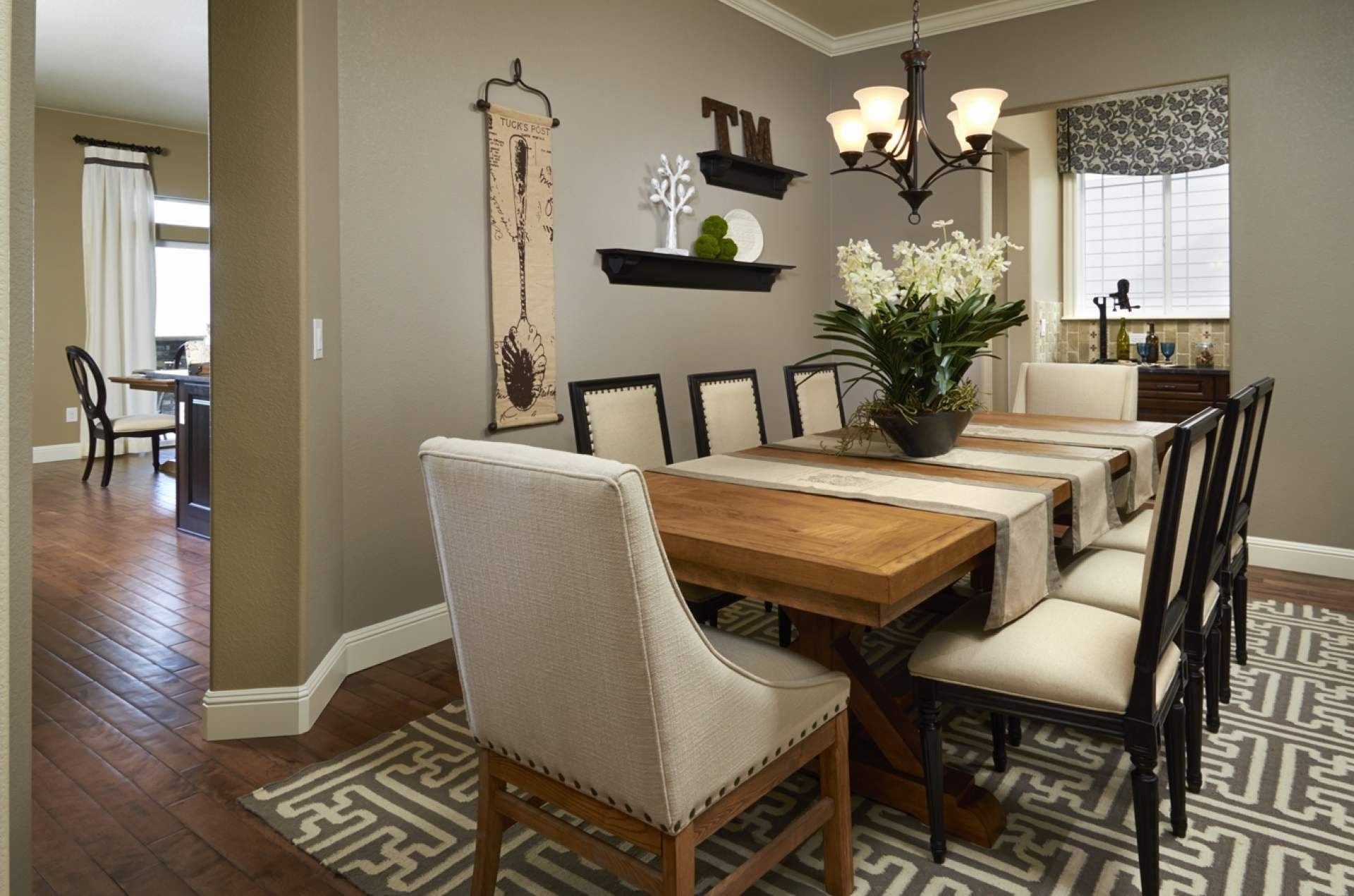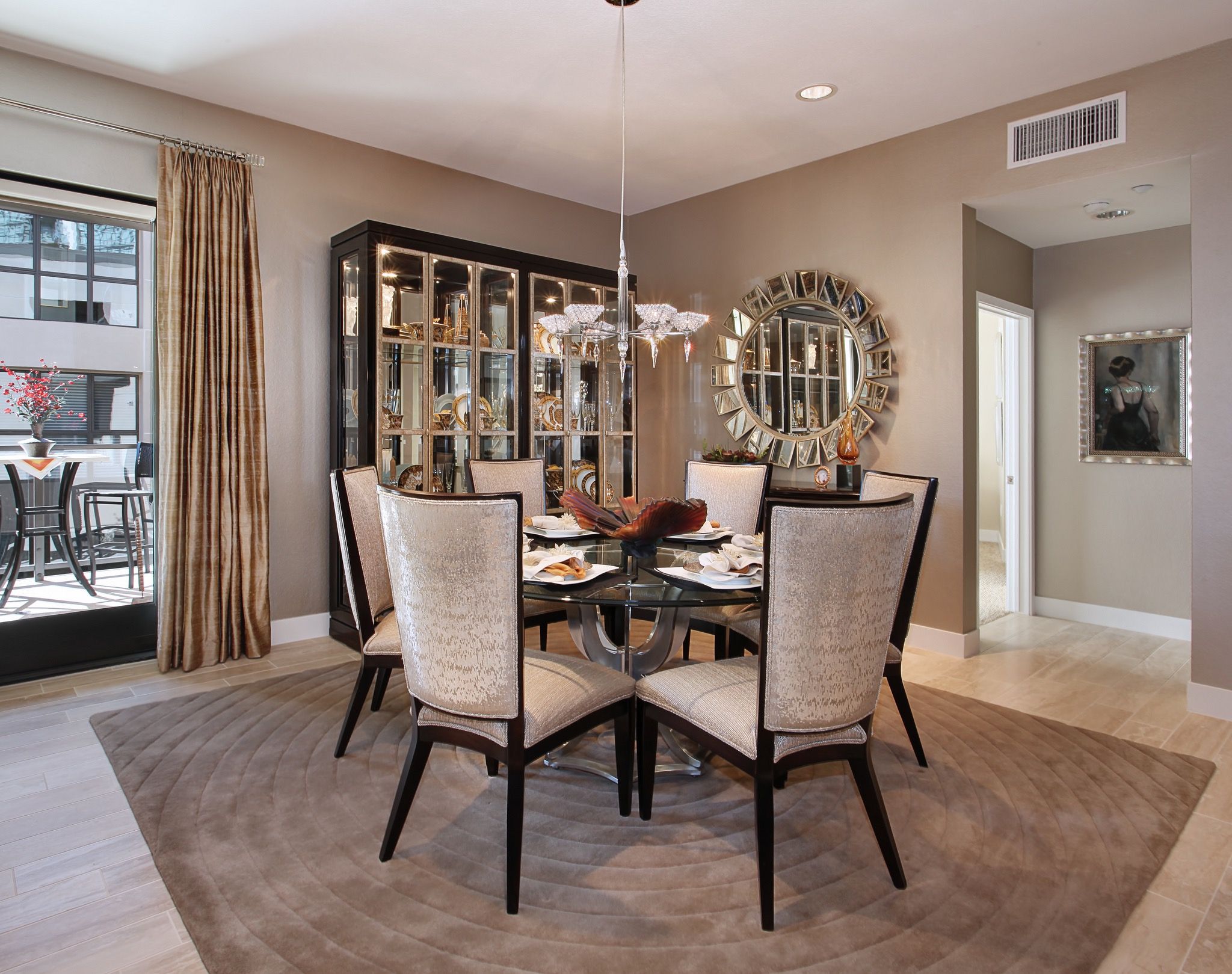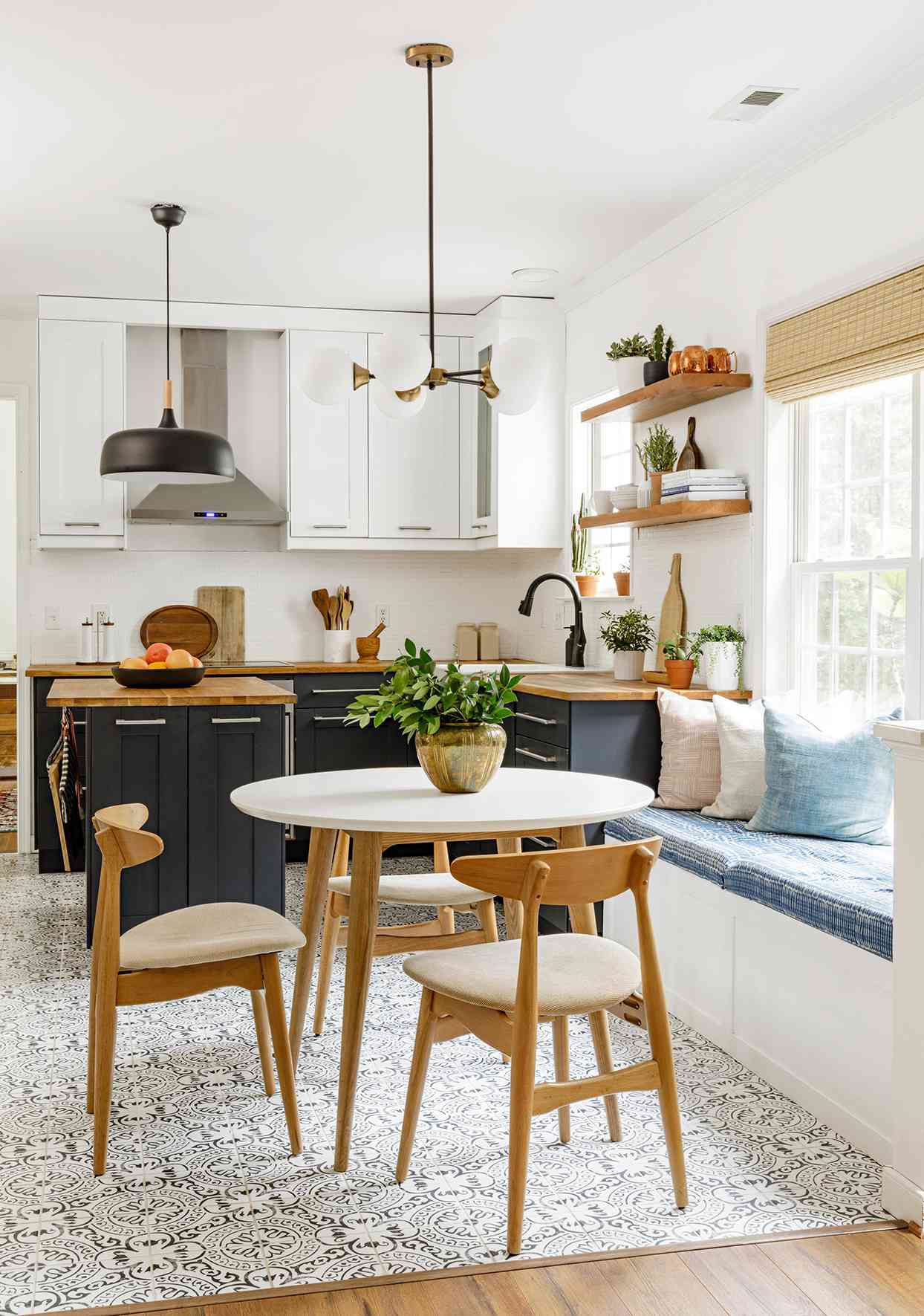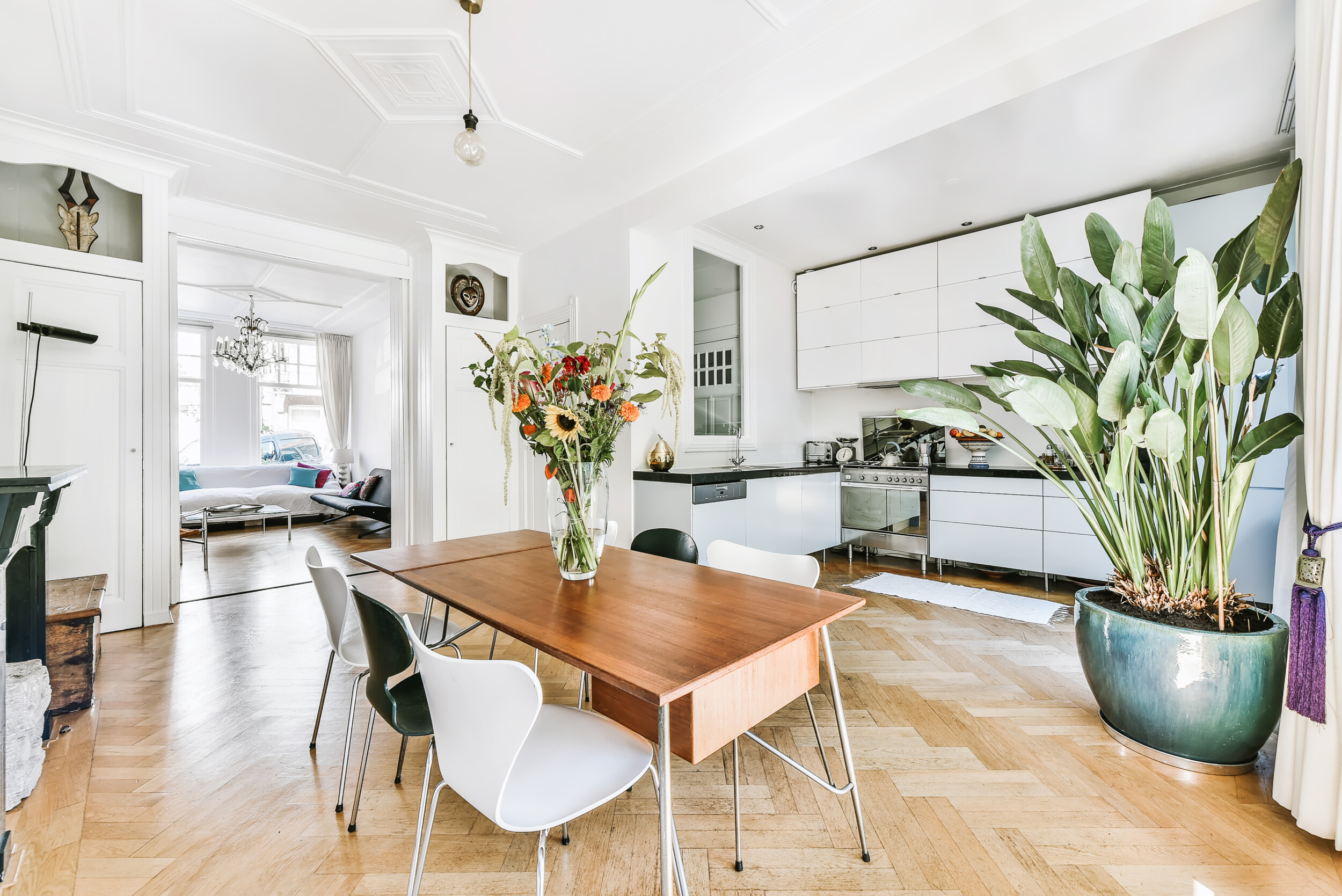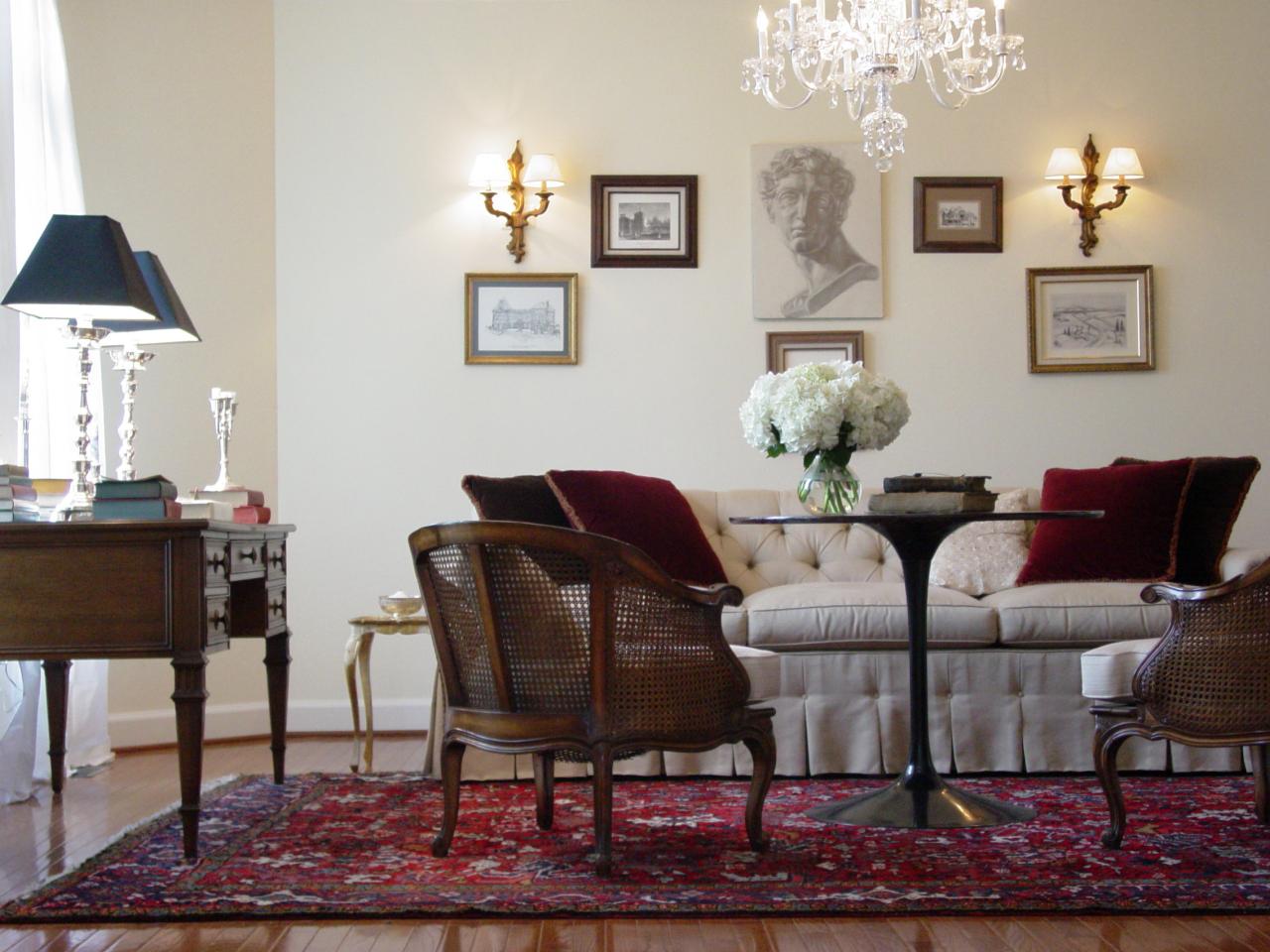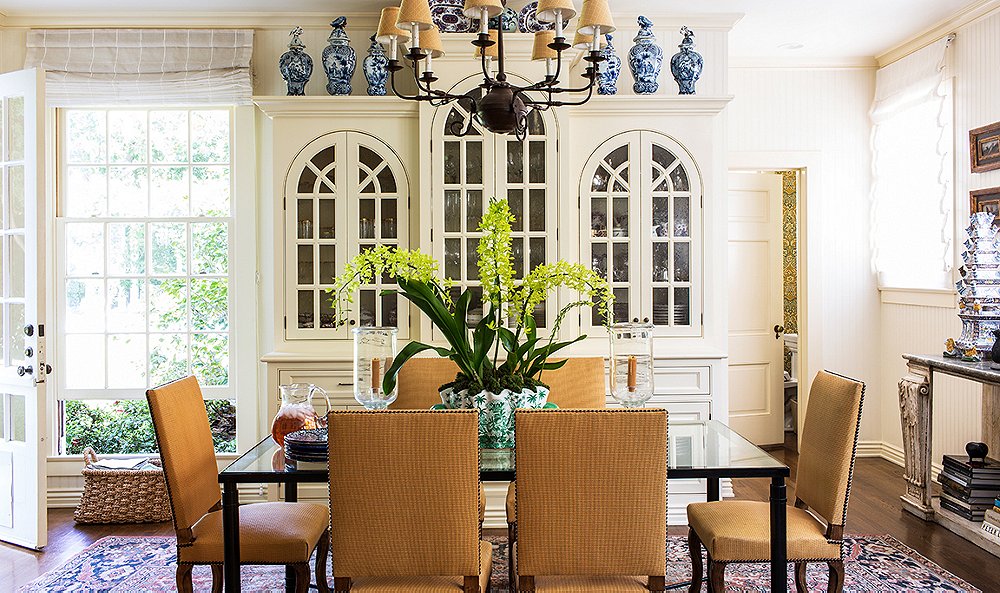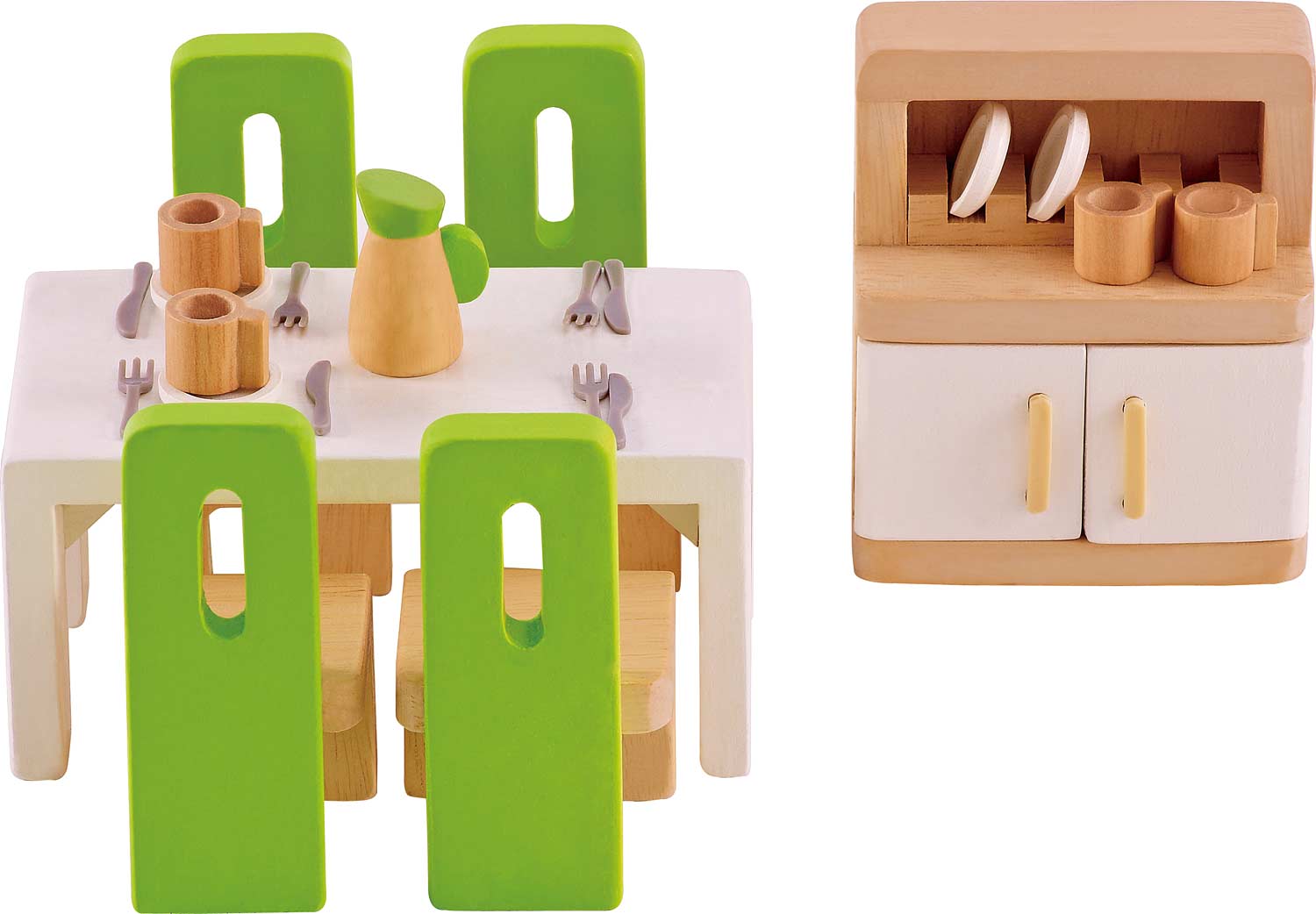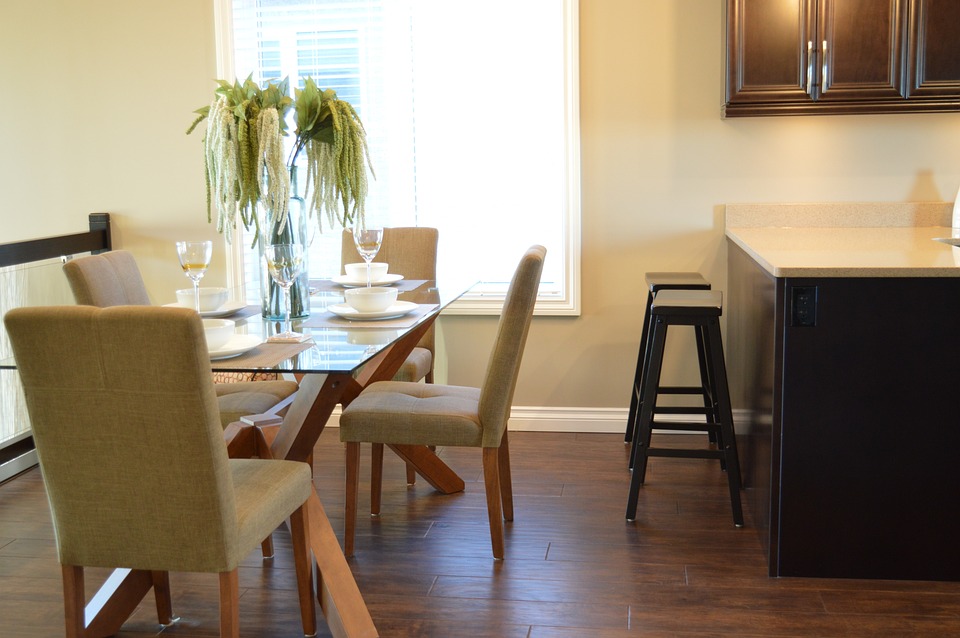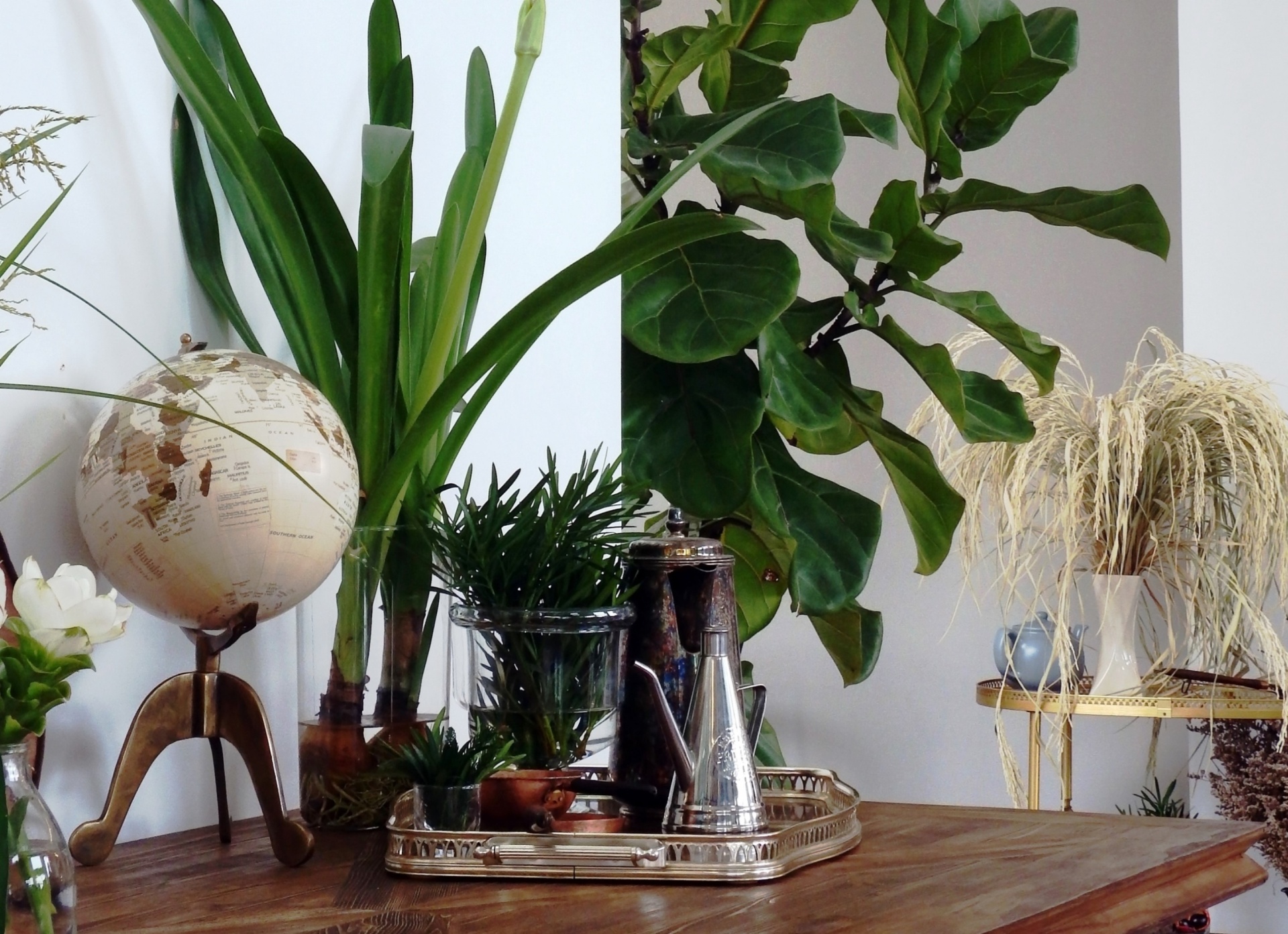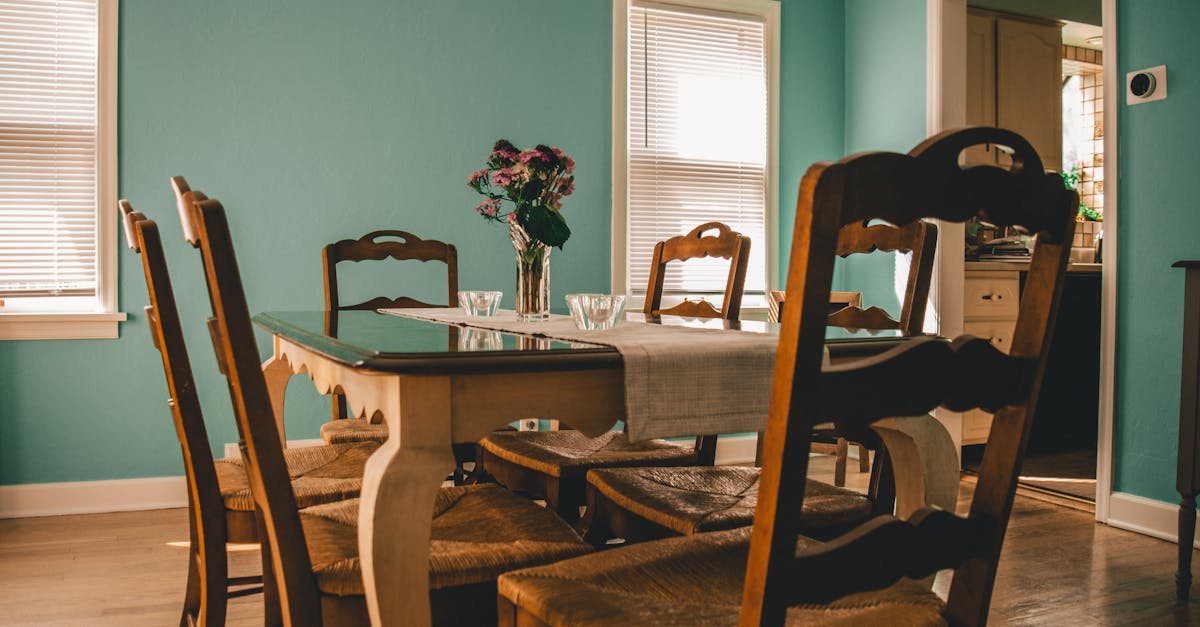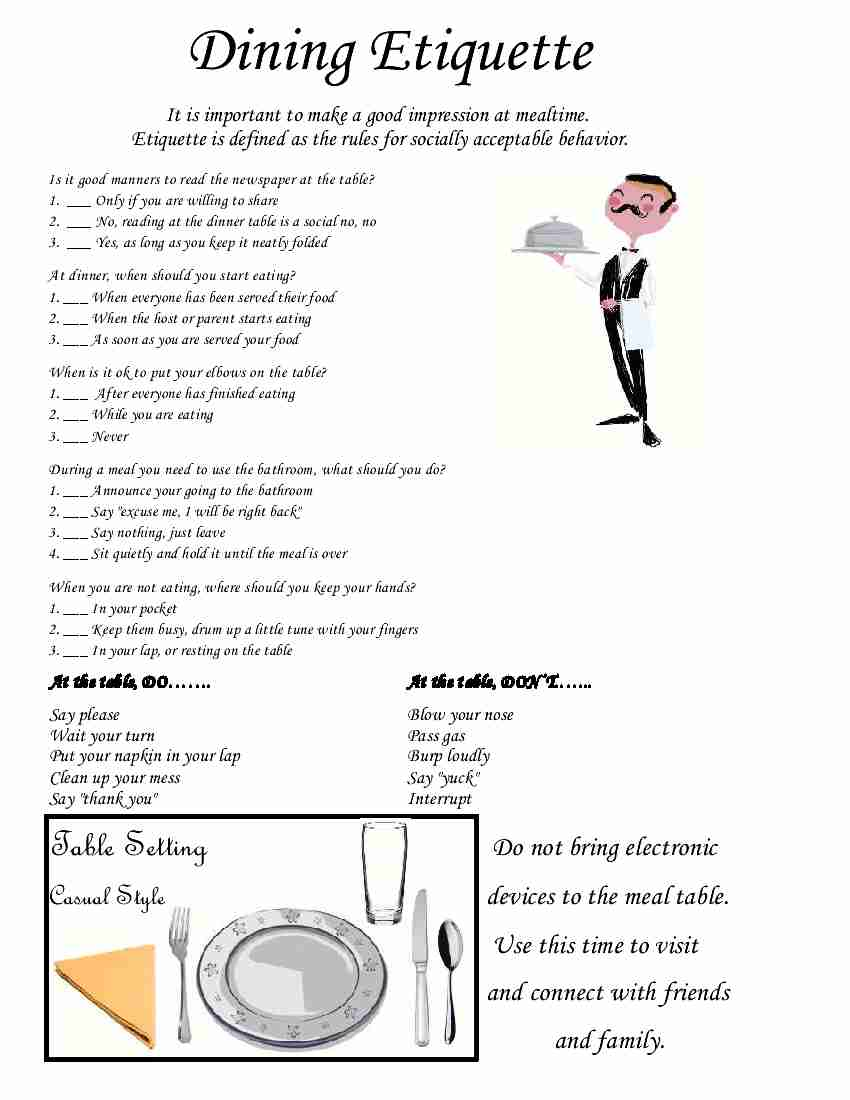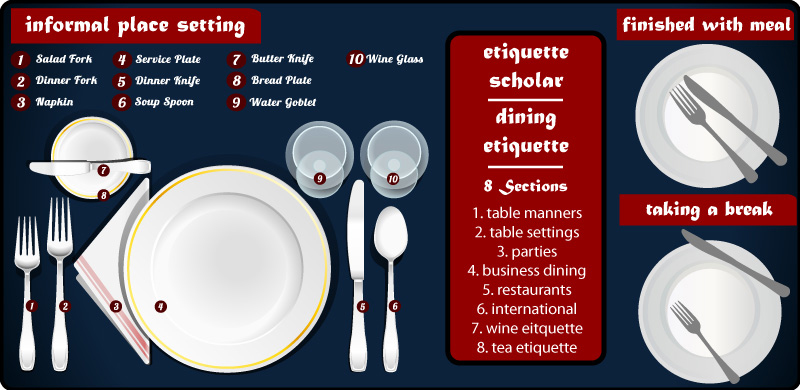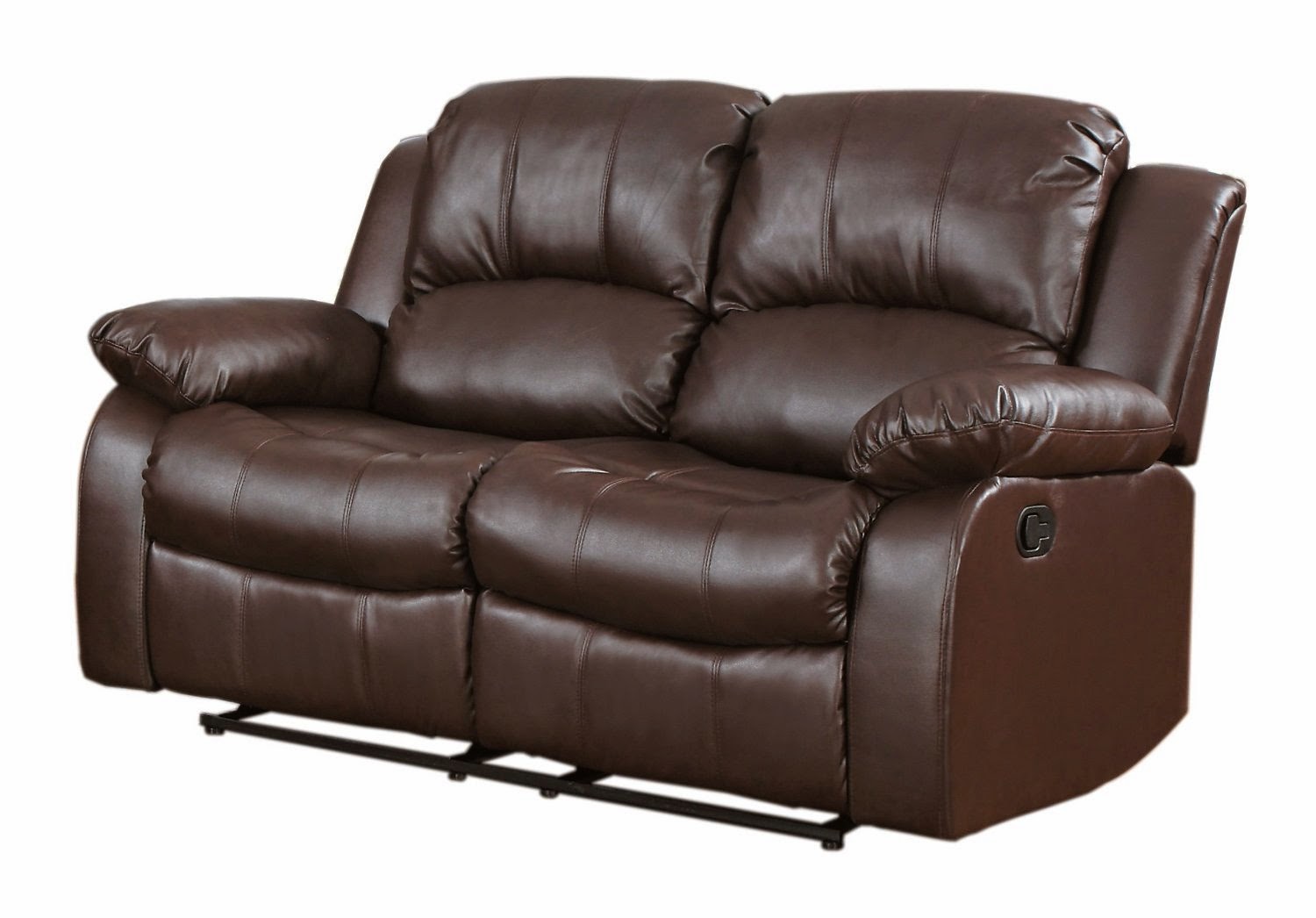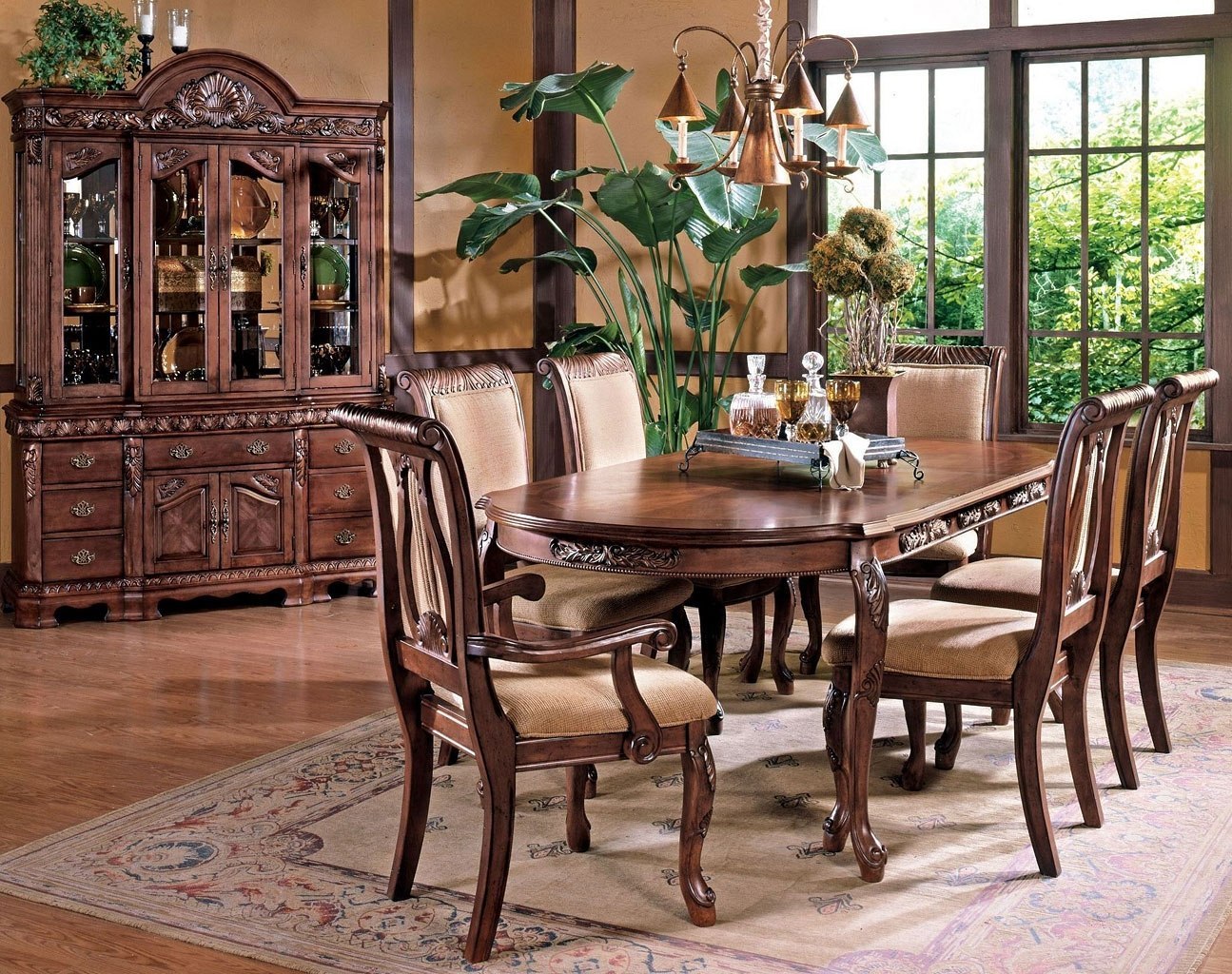Definition of Dining Room
The dining room is a space in a home specifically designed for eating meals. It is usually located adjacent to the kitchen for ease of serving food and can also be connected to the living room for a more open layout. The main purpose of a dining room is for family and friends to gather and share a meal together.
Uses of a Dining Room
Aside from its main purpose of dining, a dining room can also serve as a space for hosting special occasions and entertaining guests. It can also be used as a place for children to do their homework or for adults to work from home. Some people even use their dining room as a makeshift home office or a quiet reading nook.
Designing a Dining Room
When designing a dining room, it is important to consider the size of the space and the number of people it will accommodate. A rectangular or square-shaped dining table is ideal for seating more people, while a round table is best for smaller gatherings. The overall design and decor of the room should also match the style of the rest of the house.
Furniture for a Dining Room
The main furniture piece in a dining room is, of course, the dining table. It is usually accompanied by chairs, a buffet or sideboard for storage, and a china cabinet for displaying dishes and other decorative items. Some dining rooms also have additional seating such as a bench or bar stools. It is important to choose furniture that is both functional and visually appealing.
Creating a Multi-functional Dining Room
With limited space in modern homes, it is important to make the most out of every room, including the dining room. By incorporating a few multi-functional pieces, such as a table that can be extended or a storage ottoman that can also serve as extra seating, the dining room can serve more than just one purpose.
Maximizing Space in a Dining Room
For smaller dining rooms, it is important to utilize every inch of space efficiently. Utilizing vertical space with tall shelves or hanging artwork can create the illusion of a larger room. Choosing furniture with built-in storage or using wall-mounted shelves can also help save space.
Decorating a Dining Room
When it comes to decorating a dining room, the possibilities are endless. Some popular design styles for dining rooms include traditional, modern, farmhouse, and Scandinavian. Adding a statement light fixture, incorporating plants, and using a mix of textures and patterns can add character to the space.
Dining Room Layout Ideas
There are various ways to layout a dining room, depending on the size and shape of the room. The most common layout is placing the dining table in the center of the room with chairs around it. Another option is to have the table against a wall, which can save space and allow for additional seating. For larger rooms, a round table in the center with a seating area around it can create a more intimate and cozy atmosphere.
Benefits of Having a Dining Room
Having a designated dining room in a home has many benefits. It encourages family bonding and creates a space for meaningful conversations over meals. It also allows for more formal entertaining, which can be a great way to impress guests. A dining room can also add value to a home and make it more appealing to potential buyers.
Dining Room Etiquette
Lastly, it is important to know and practice proper dining room etiquette. This includes using utensils correctly, chewing with your mouth closed, and engaging in polite conversation. It is also important to respect others' dietary restrictions and preferences when hosting a meal in your dining room.
In conclusion, a dining room is more than just a space for eating. It serves multiple purposes and can be designed and decorated to fit any style and need. Whether it's for family meals, hosting gatherings, or simply enjoying a cup of coffee in the morning, the dining room is an essential part of a home. With the right design and layout, it can become a functional and inviting space for all to enjoy.
The Importance of a Dining Room in House Design
 The dining room is an essential part of any house design, serving as a central gathering place for family meals, social events, and celebrations. It is a space that brings people together, creating a sense of warmth and togetherness.
Defined as a designated area for eating and entertaining,
the dining room is a versatile and functional space that can serve a variety of purposes.
The dining room is an essential part of any house design, serving as a central gathering place for family meals, social events, and celebrations. It is a space that brings people together, creating a sense of warmth and togetherness.
Defined as a designated area for eating and entertaining,
the dining room is a versatile and functional space that can serve a variety of purposes.
Formal Dining
 Traditionally, the dining room was reserved for formal occasions and used for hosting dinner parties and special events. This formal dining style, characterized by a large table and matching chairs, creates an elegant and sophisticated atmosphere.
It is perfect for hosting important guests or celebrating milestones such as birthdays or anniversaries.
The formal dining room also serves as a space for creating cherished memories and passing down family traditions.
Traditionally, the dining room was reserved for formal occasions and used for hosting dinner parties and special events. This formal dining style, characterized by a large table and matching chairs, creates an elegant and sophisticated atmosphere.
It is perfect for hosting important guests or celebrating milestones such as birthdays or anniversaries.
The formal dining room also serves as a space for creating cherished memories and passing down family traditions.
Casual Dining
 With the rise of open-concept living, the dining room has evolved to serve a more casual and relaxed purpose.
This style of dining is ideal for everyday meals with family and friends, providing a comfortable and inviting space for gathering and conversation.
The casual dining room typically features a smaller table and a mix of seating options, such as benches, stools, or even a cozy banquette.
With the rise of open-concept living, the dining room has evolved to serve a more casual and relaxed purpose.
This style of dining is ideal for everyday meals with family and friends, providing a comfortable and inviting space for gathering and conversation.
The casual dining room typically features a smaller table and a mix of seating options, such as benches, stools, or even a cozy banquette.
Multipurpose Space
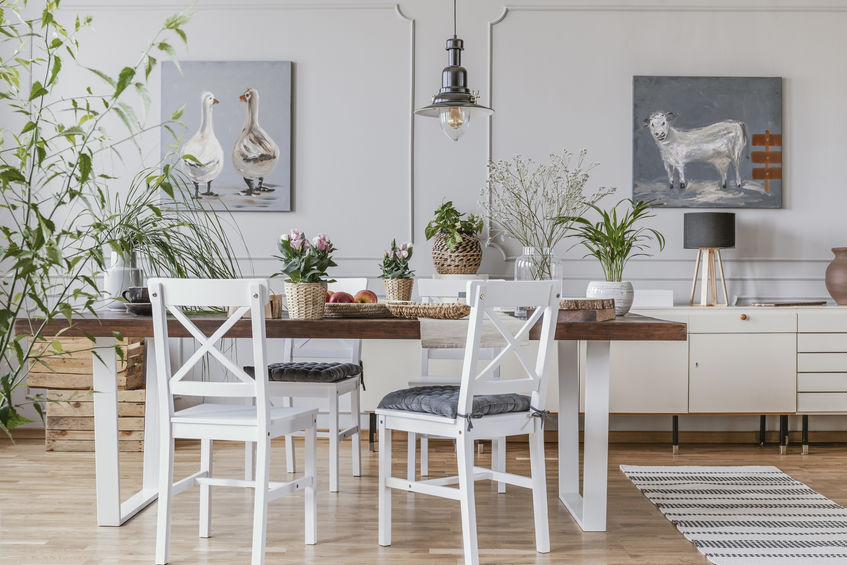 In modern house design, the dining room has become a versatile space that can serve multiple purposes.
With the rise of remote work and homeschooling, many families have transformed their dining rooms into home offices or study areas.
It can also be used as a craft room, game room, or even a mini-library. The dining room's strategic location in the house makes it a perfect spot for these activities, providing a quiet and private space away from the main living areas.
In conclusion, the dining room is a vital element in house design, serving as a space for food, family, and fun.
Whether formal or casual, traditional or modern, the dining room is a versatile and dynamic space that can adapt to the needs and preferences of any household.
It is a reflection of the homeowners' style and personality, making it a unique and special part of any house.
In modern house design, the dining room has become a versatile space that can serve multiple purposes.
With the rise of remote work and homeschooling, many families have transformed their dining rooms into home offices or study areas.
It can also be used as a craft room, game room, or even a mini-library. The dining room's strategic location in the house makes it a perfect spot for these activities, providing a quiet and private space away from the main living areas.
In conclusion, the dining room is a vital element in house design, serving as a space for food, family, and fun.
Whether formal or casual, traditional or modern, the dining room is a versatile and dynamic space that can adapt to the needs and preferences of any household.
It is a reflection of the homeowners' style and personality, making it a unique and special part of any house.



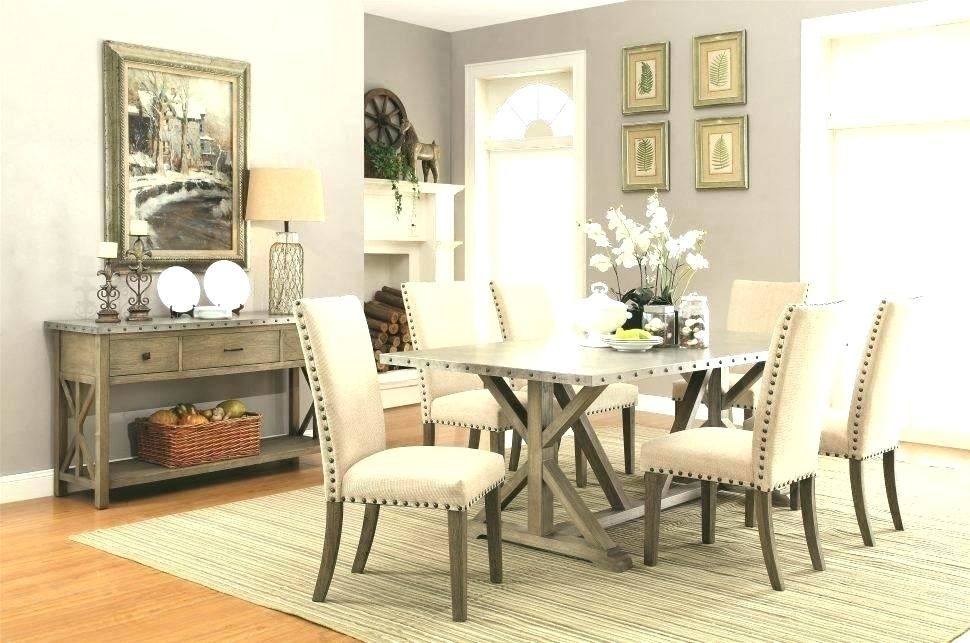
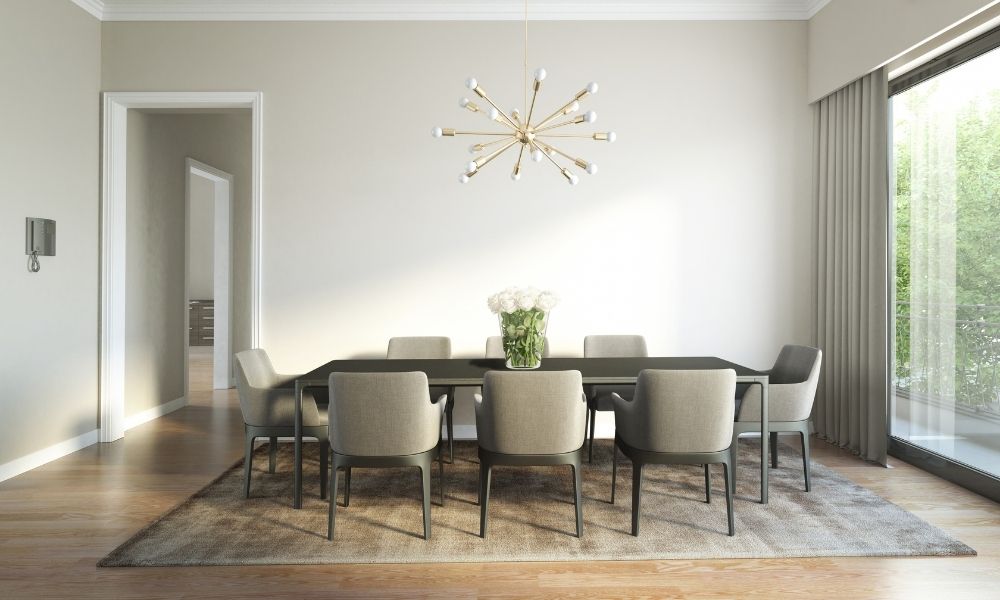

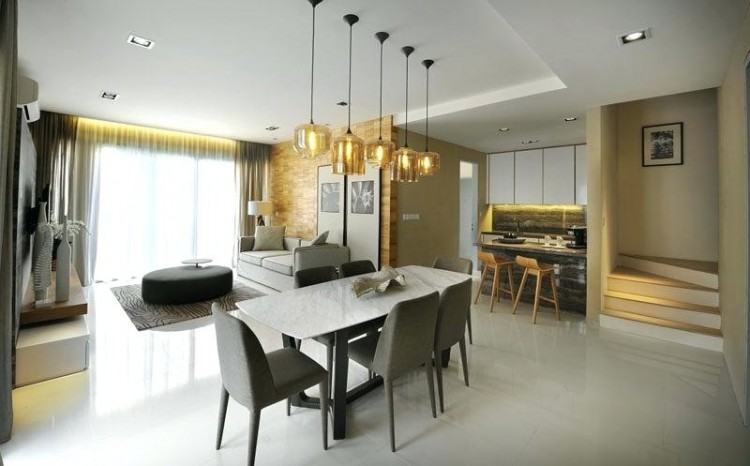
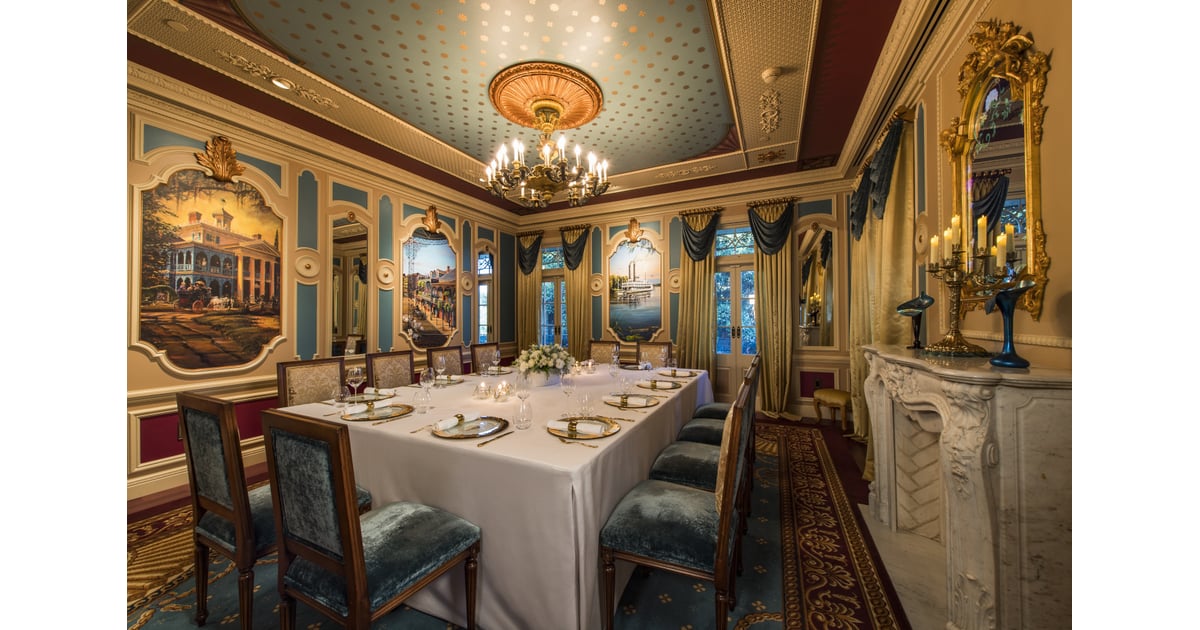


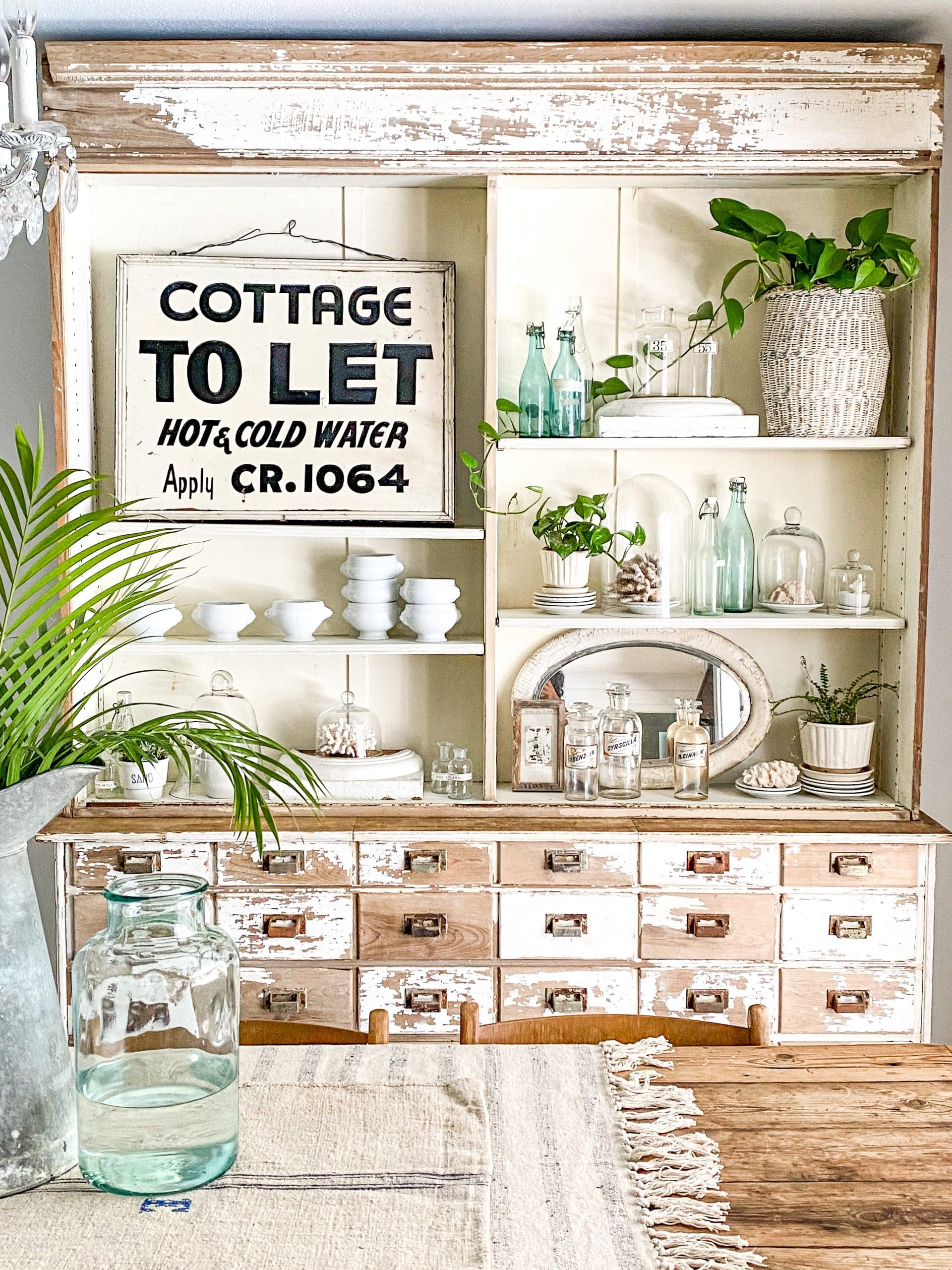

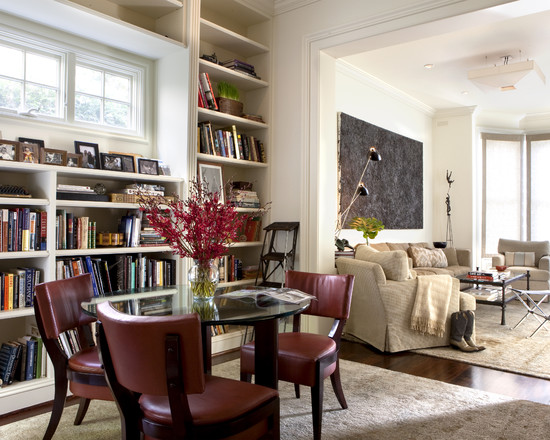


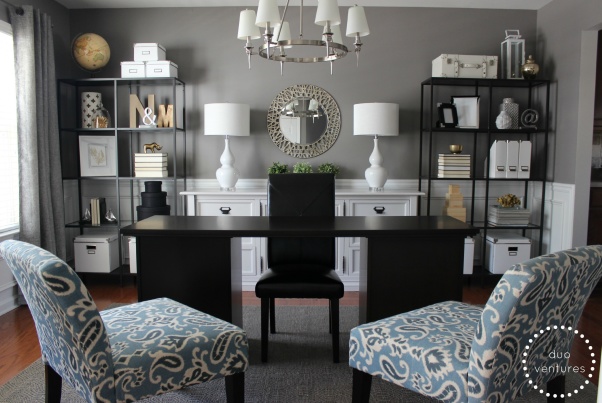


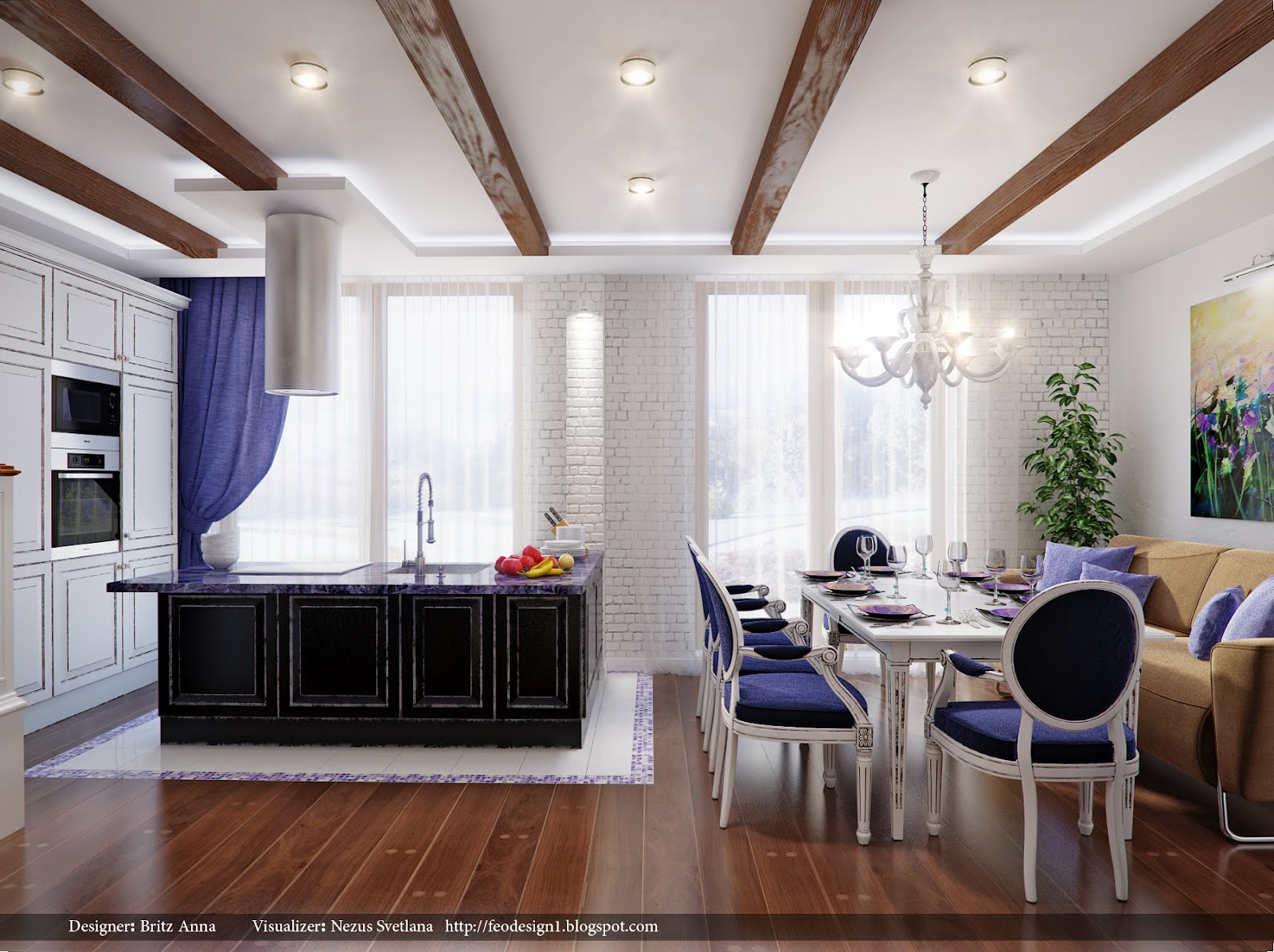




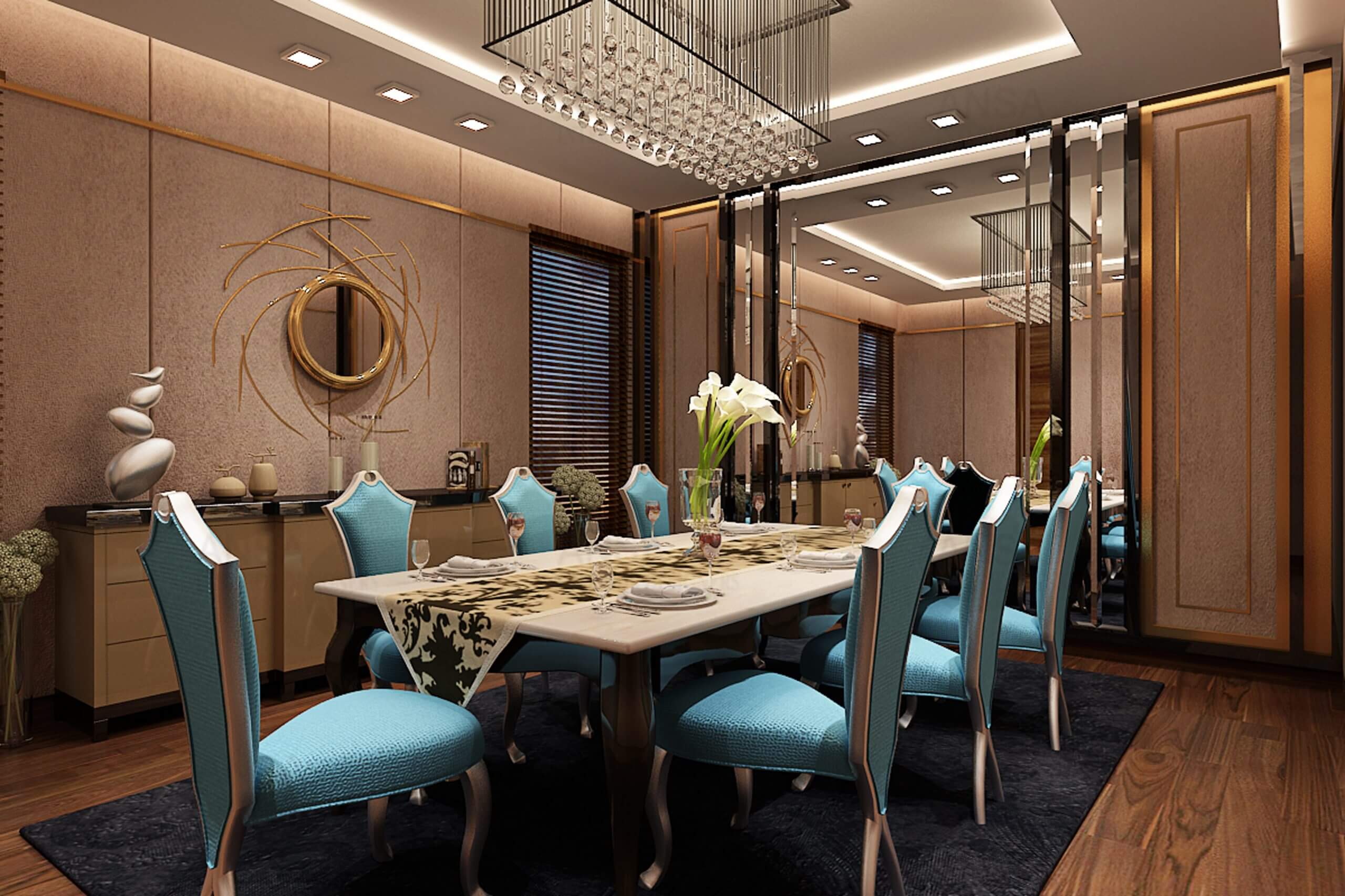
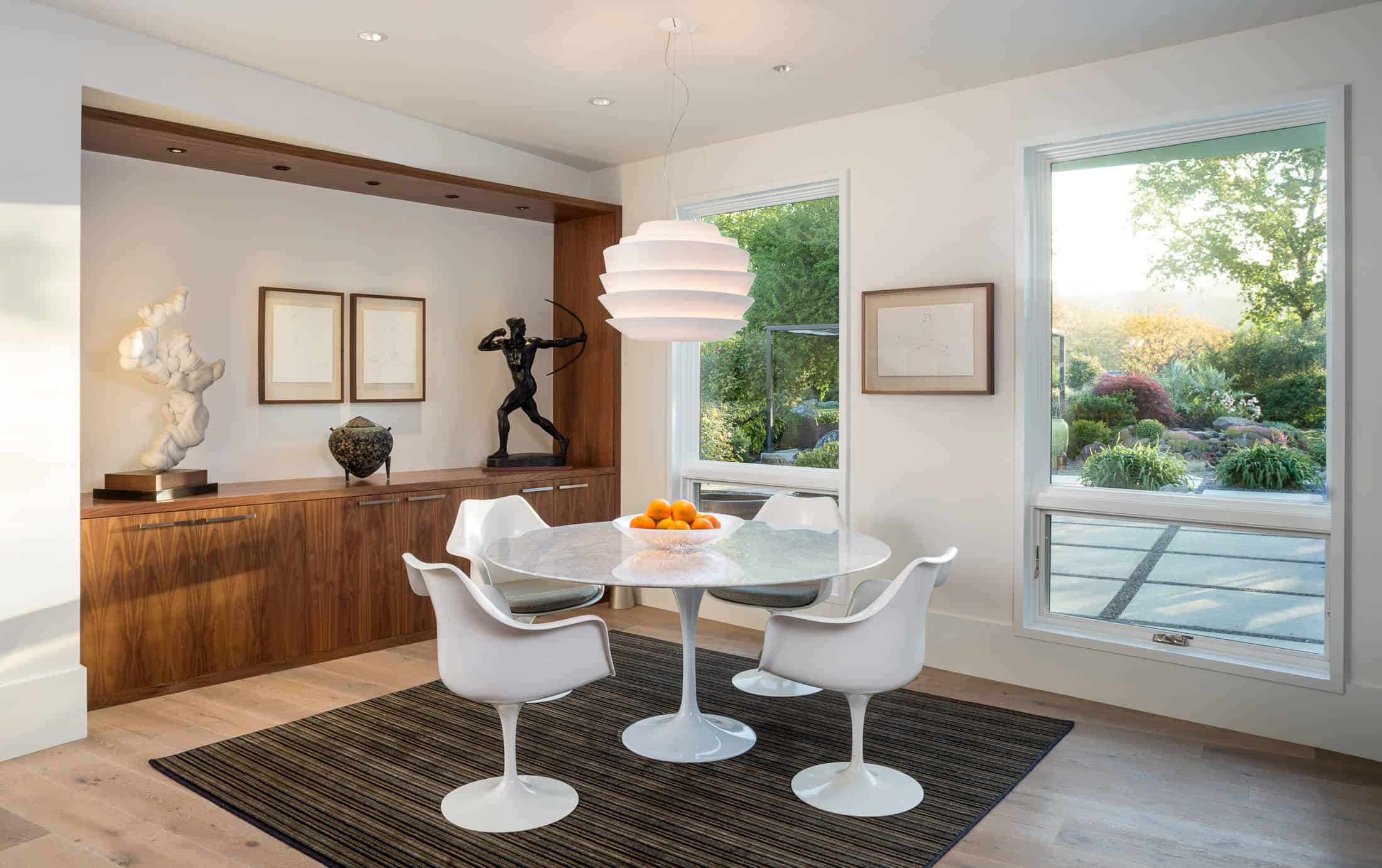
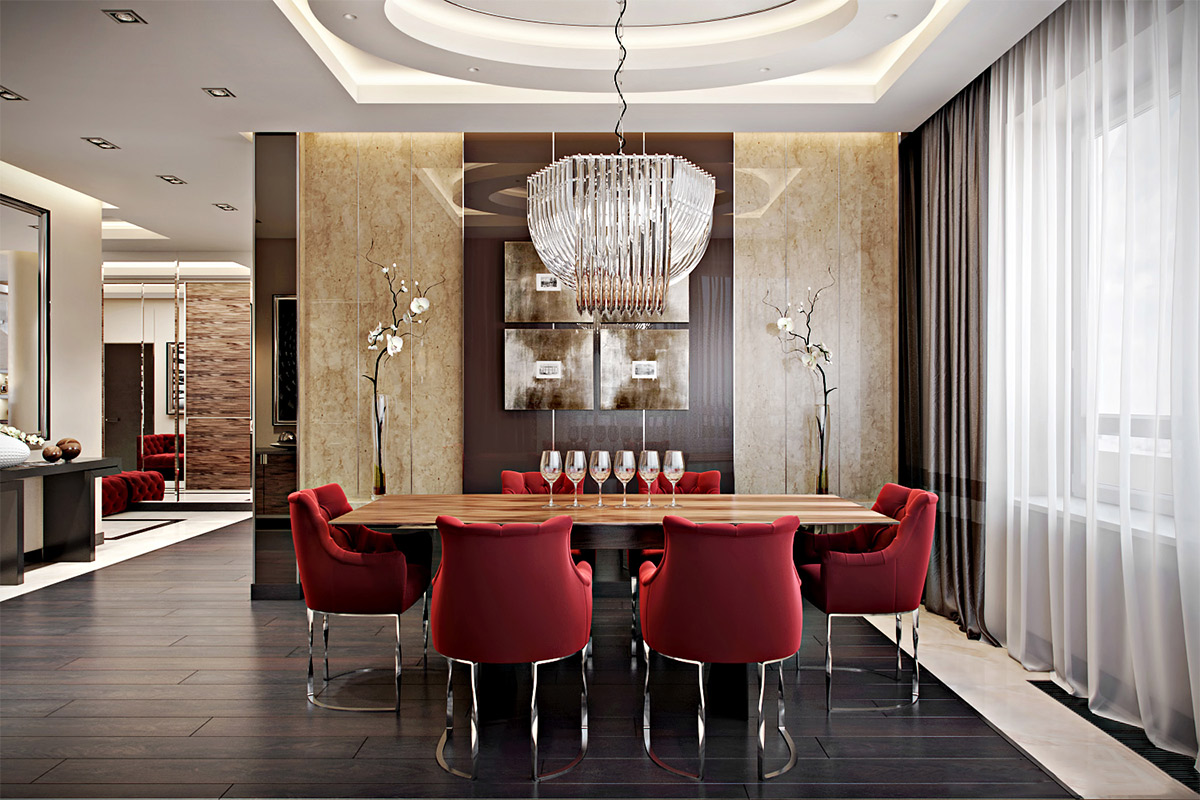


:strip_icc()/DesignedbyEmilyHendersonDesign_PhotobySaraTramp_8-10c43b6e9b6a4f529313664f218e5721.jpg)
